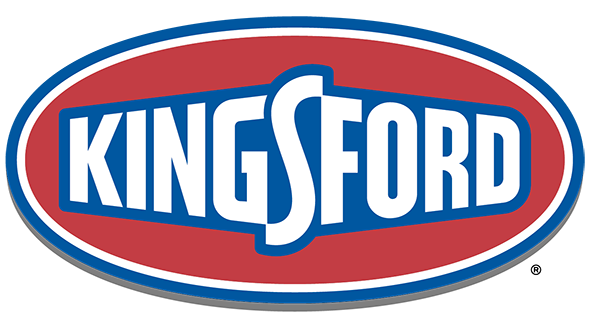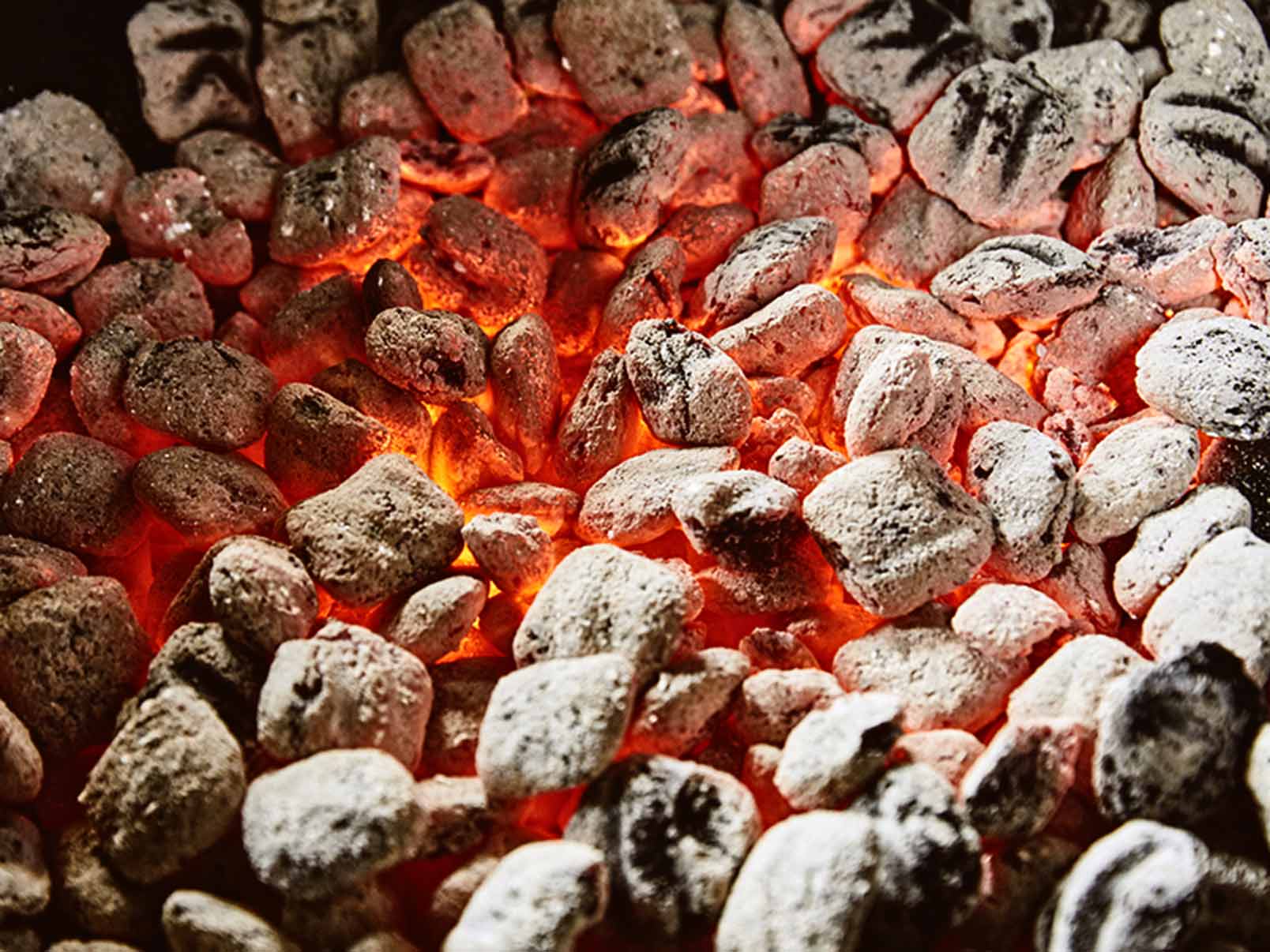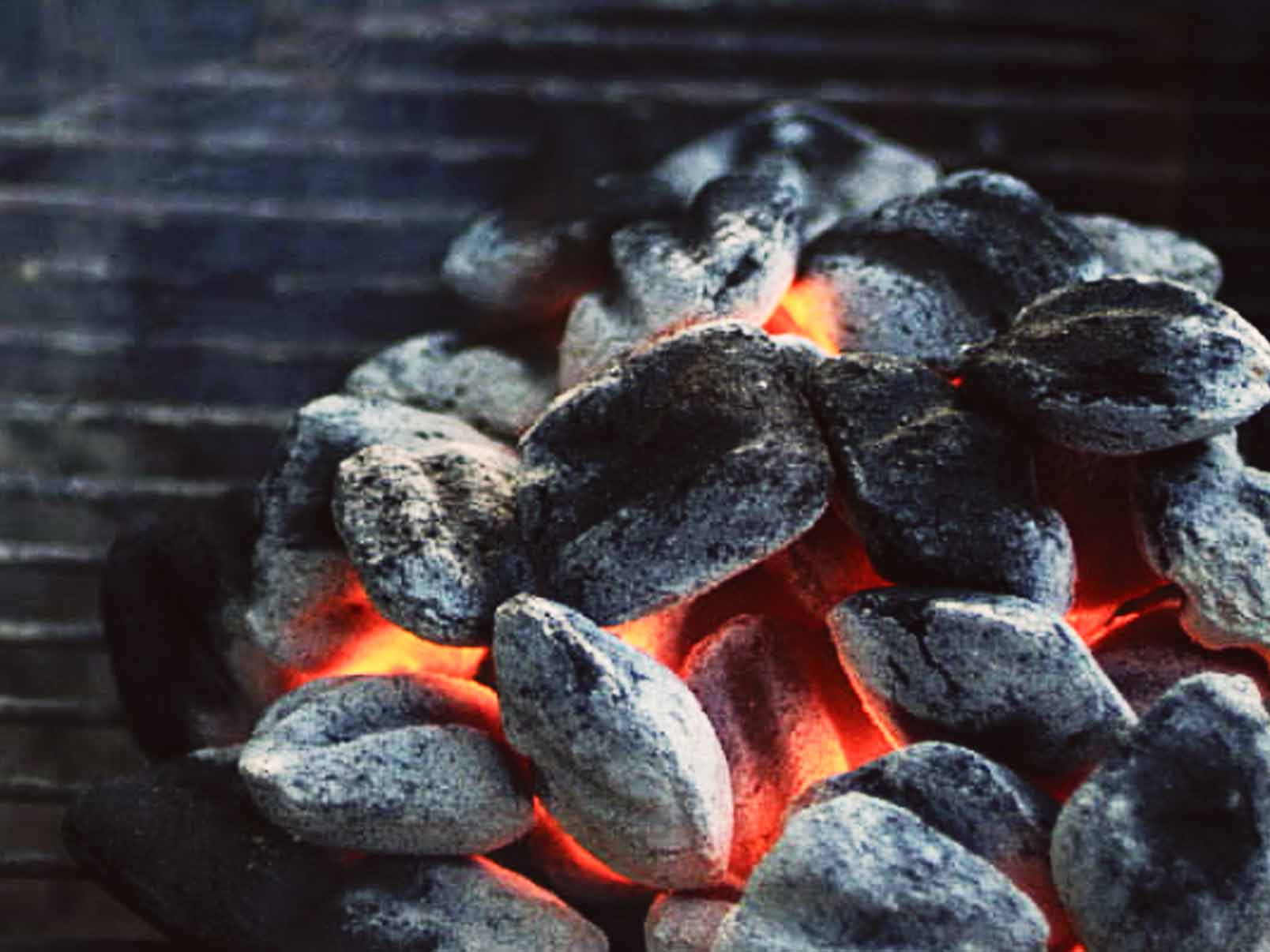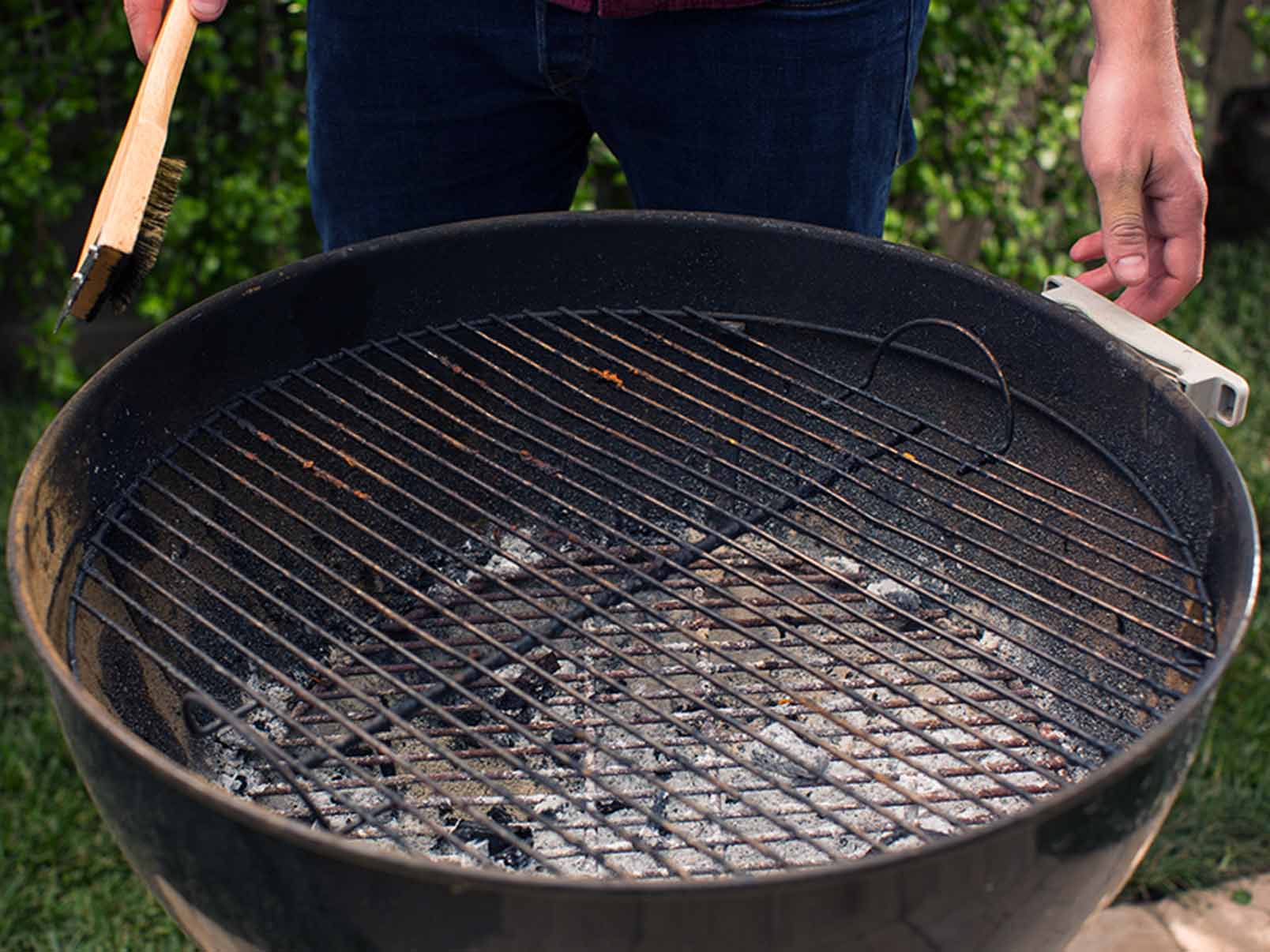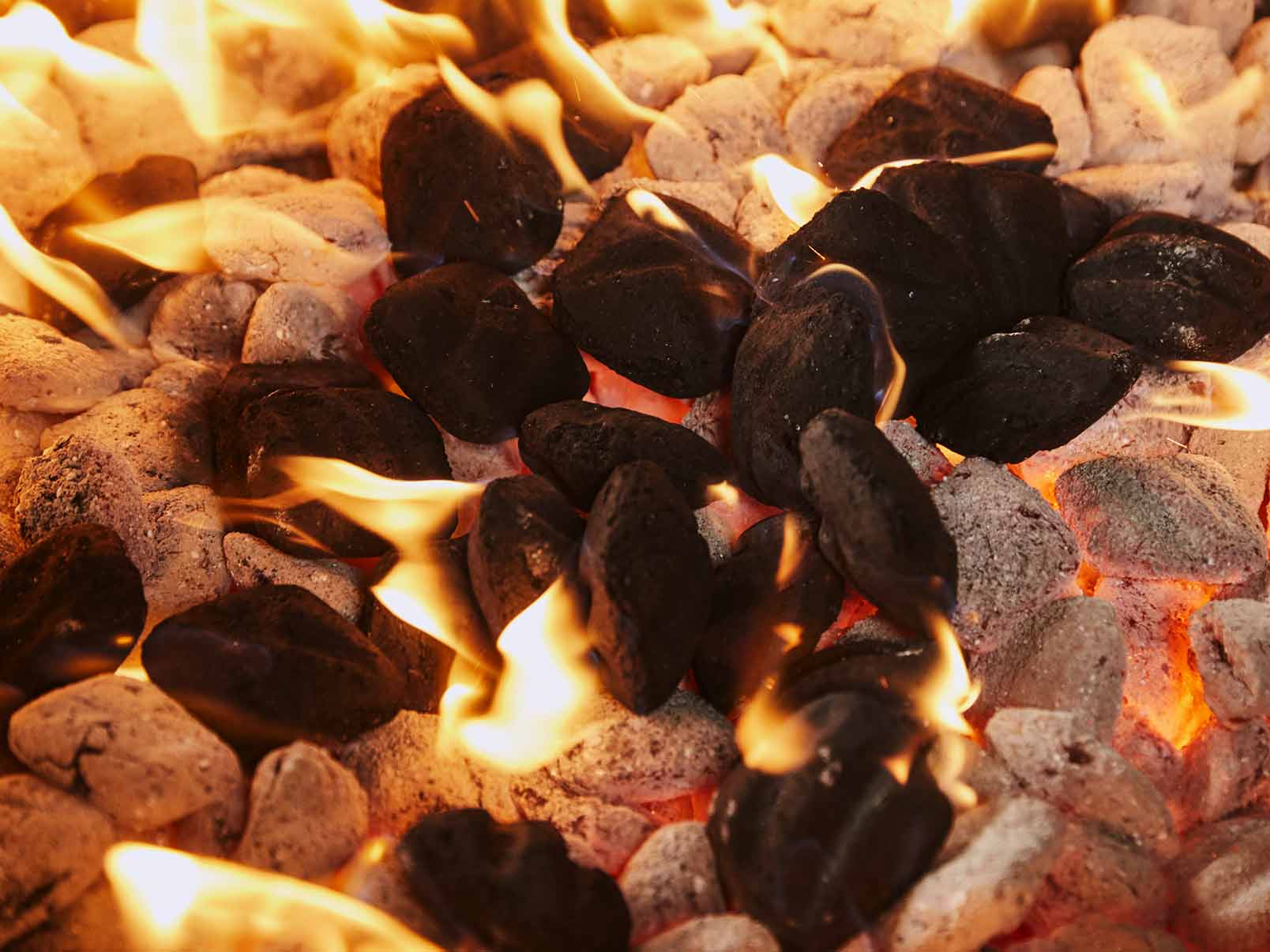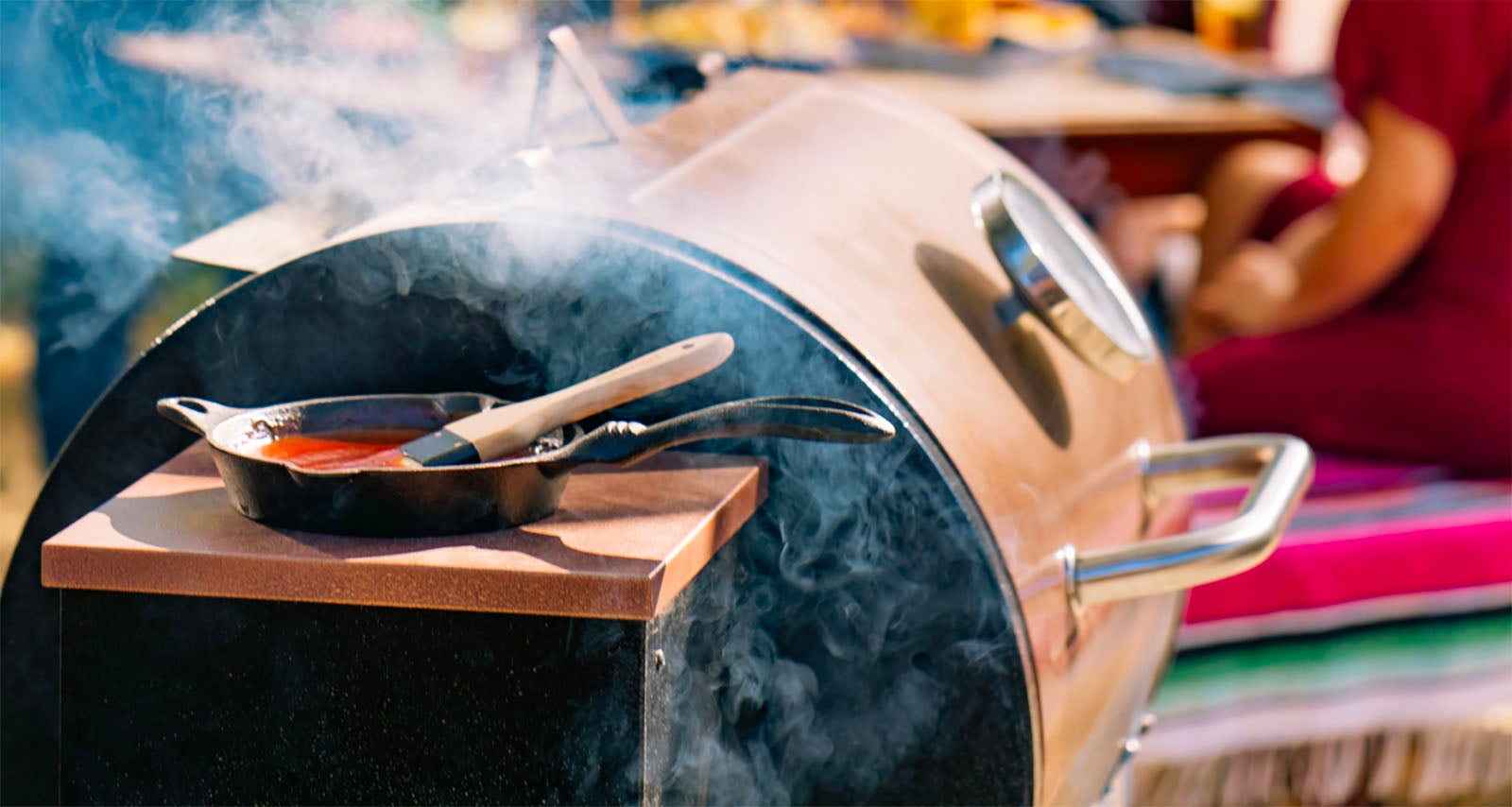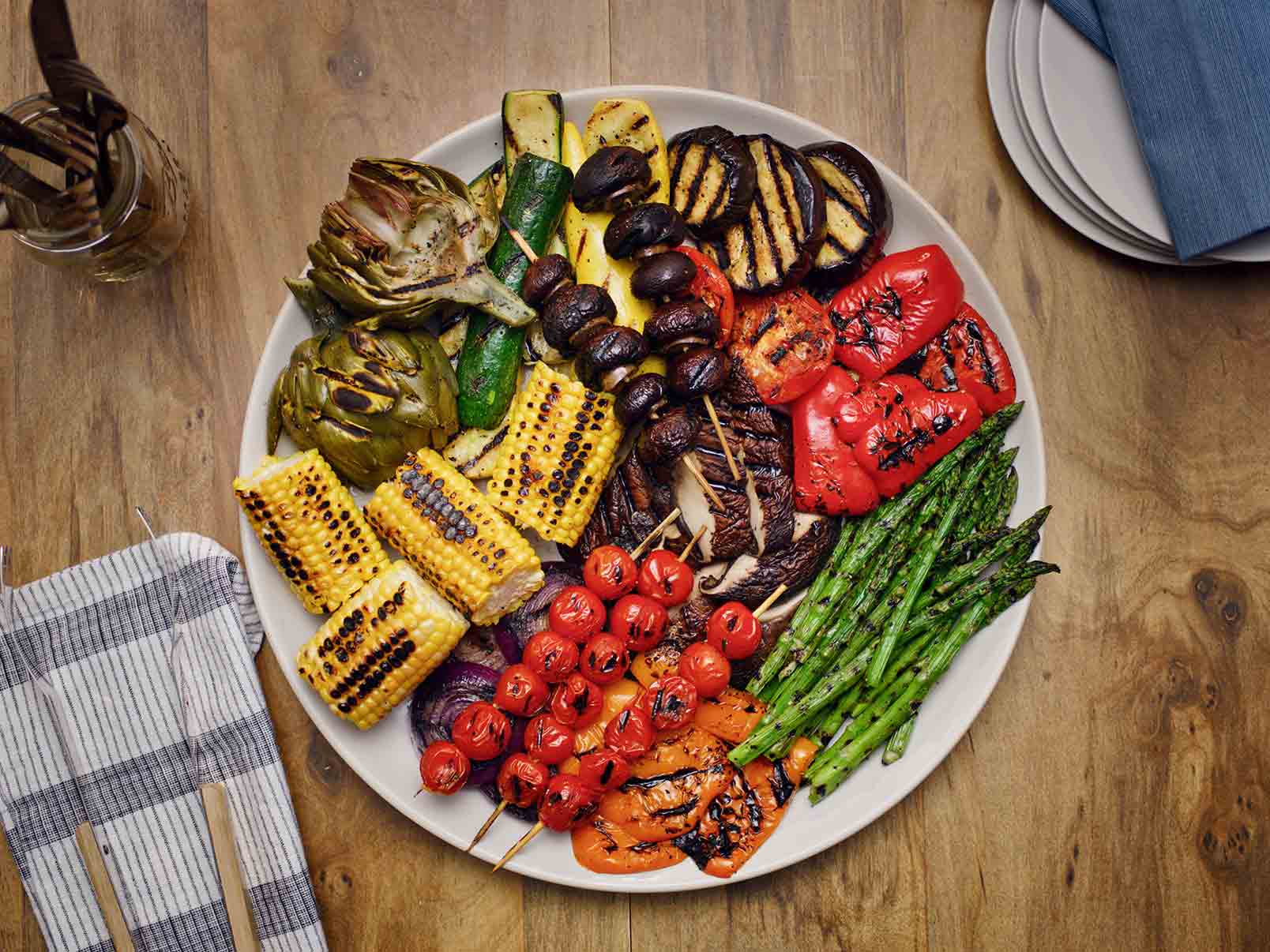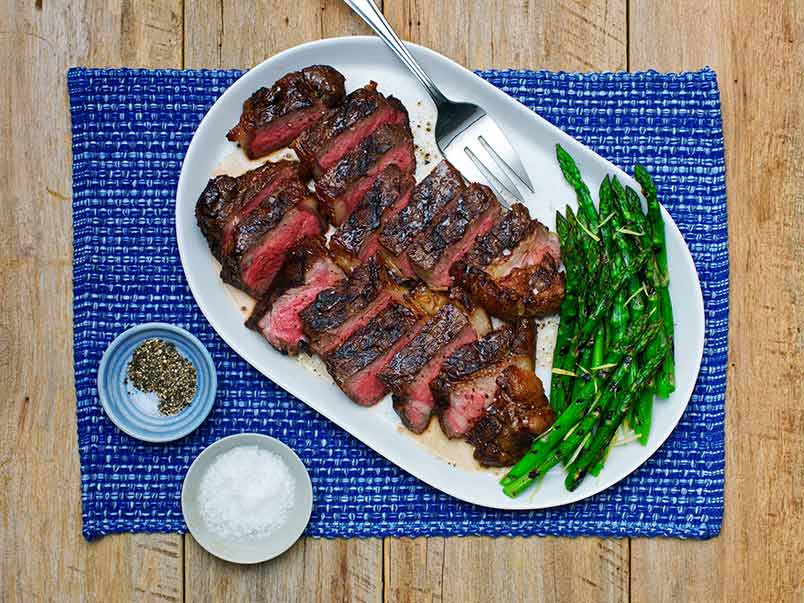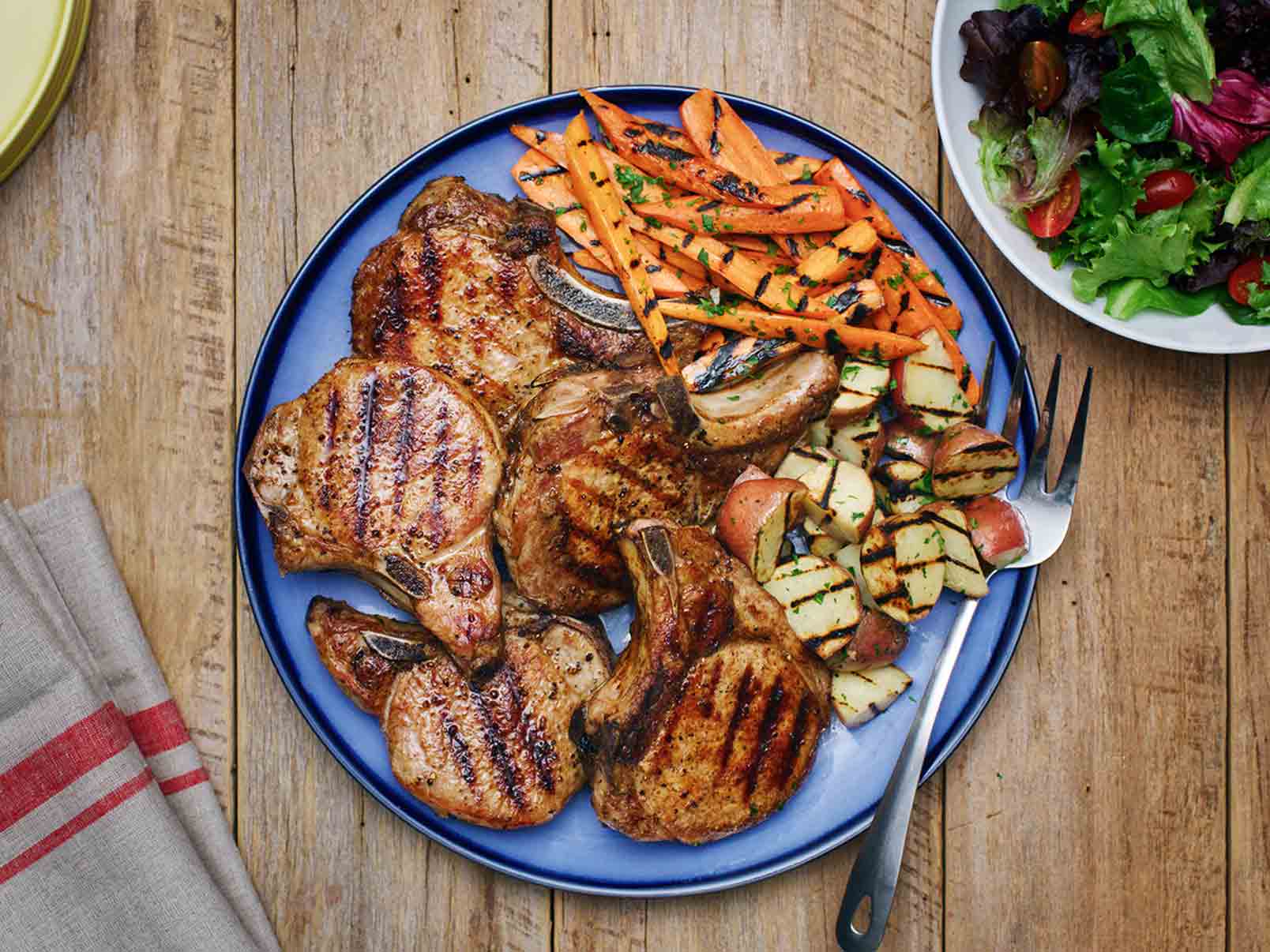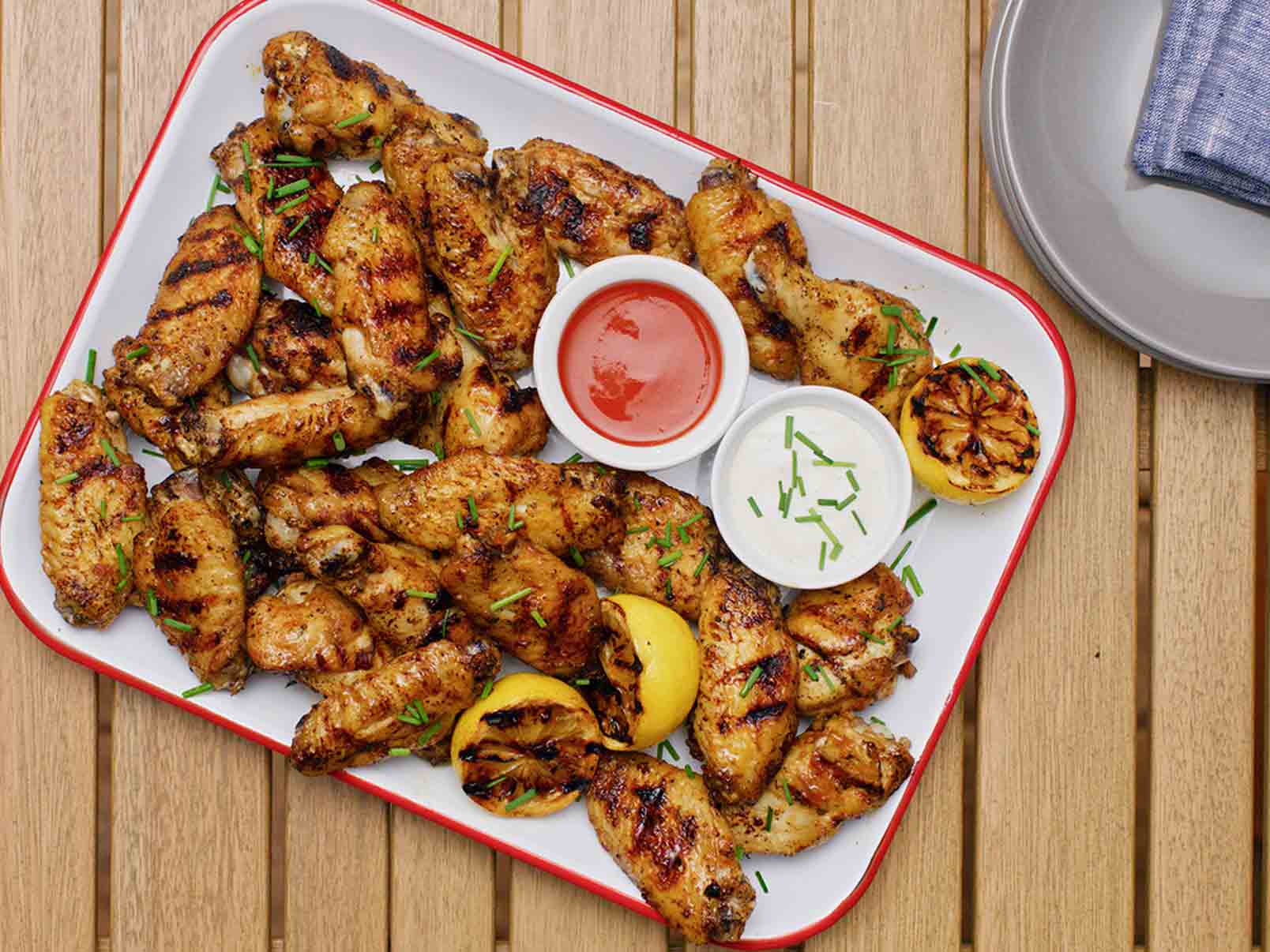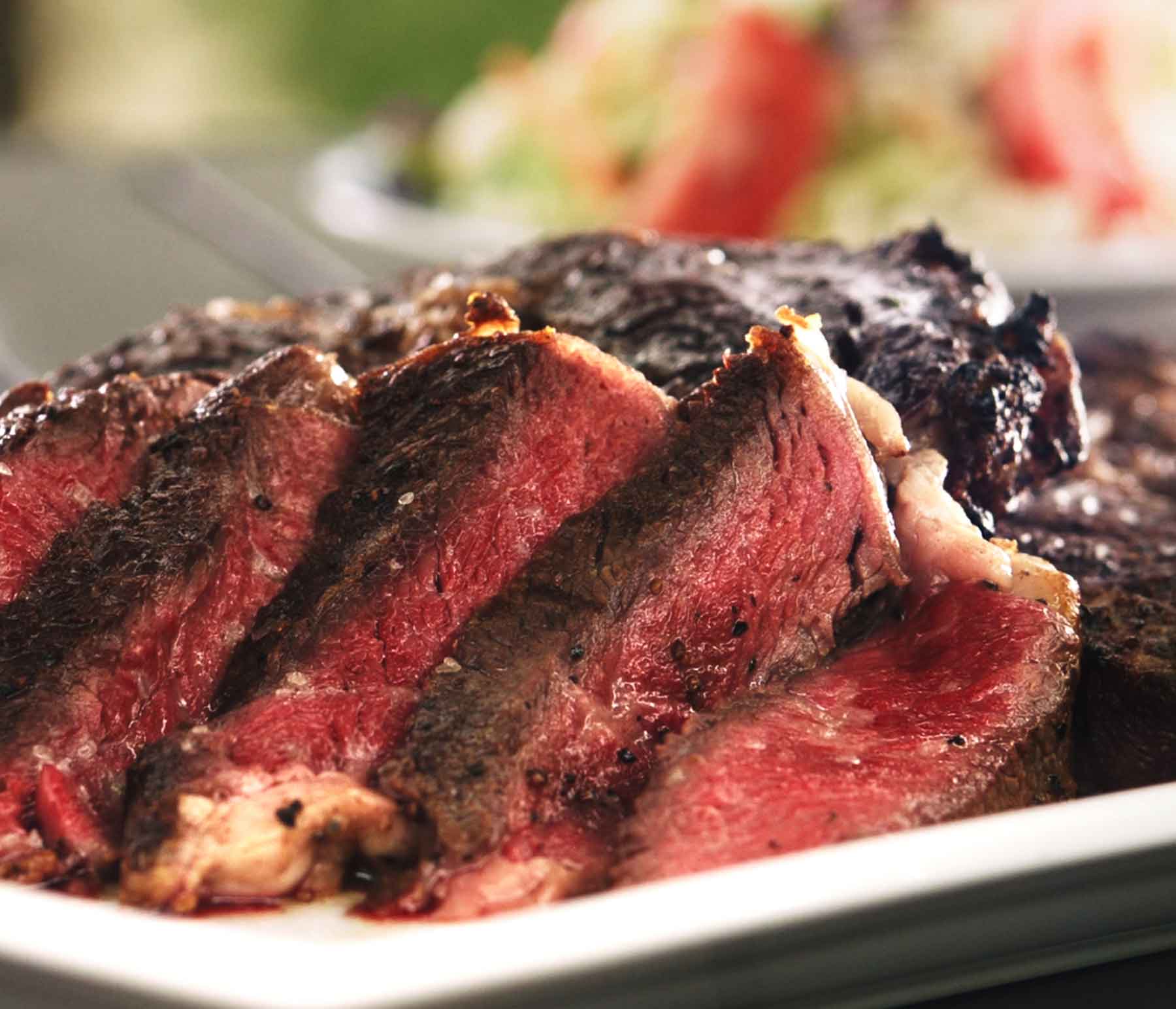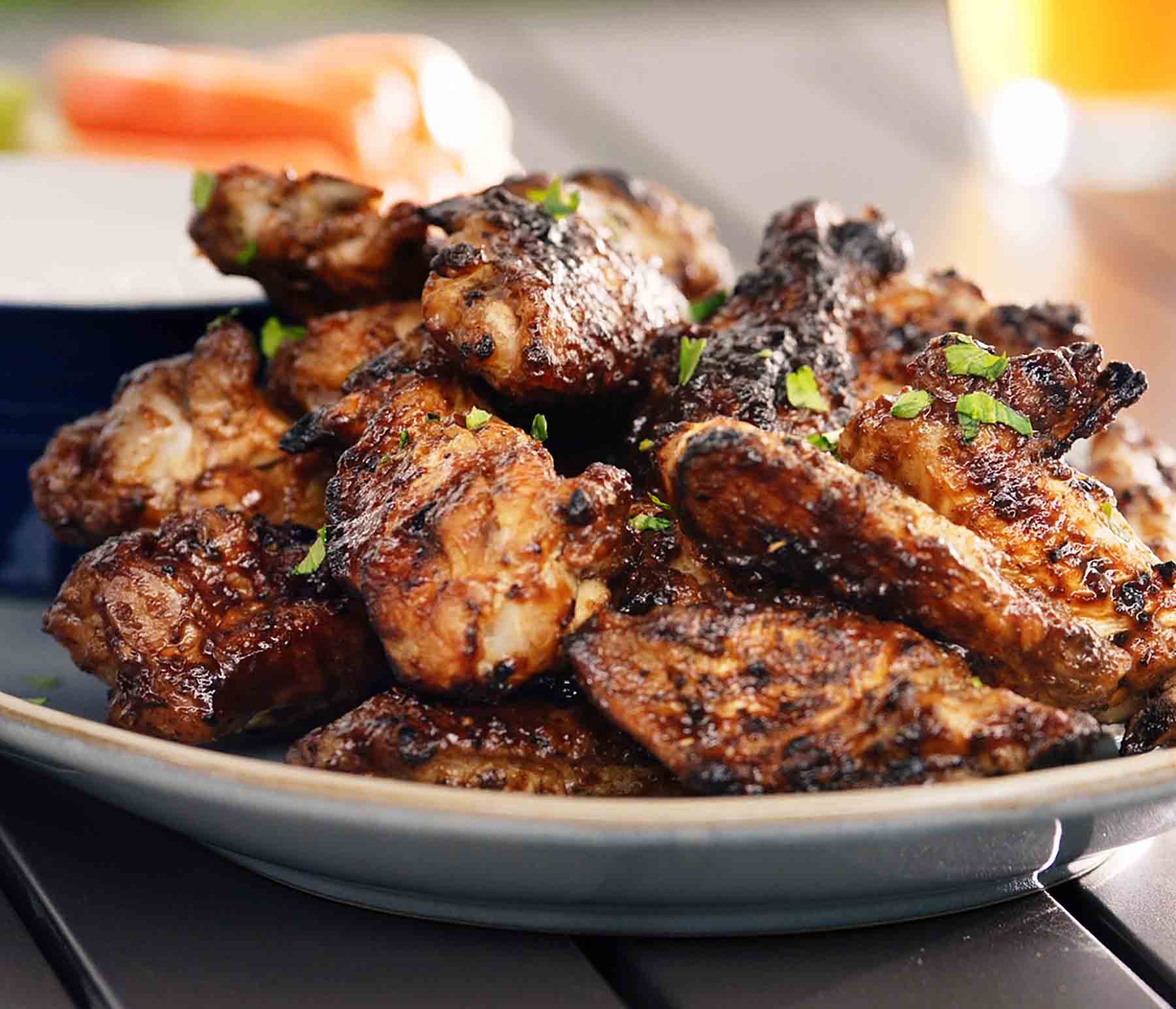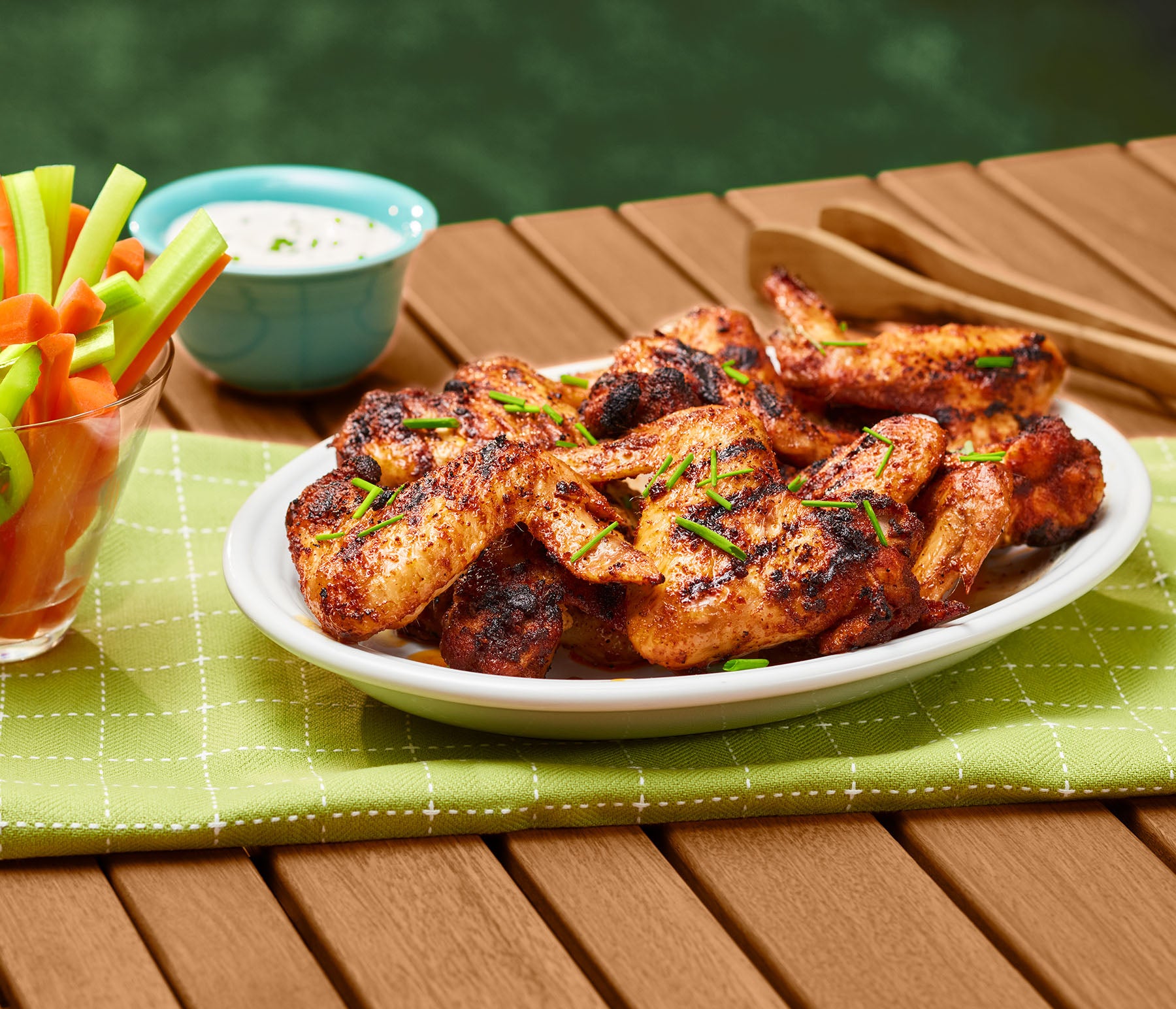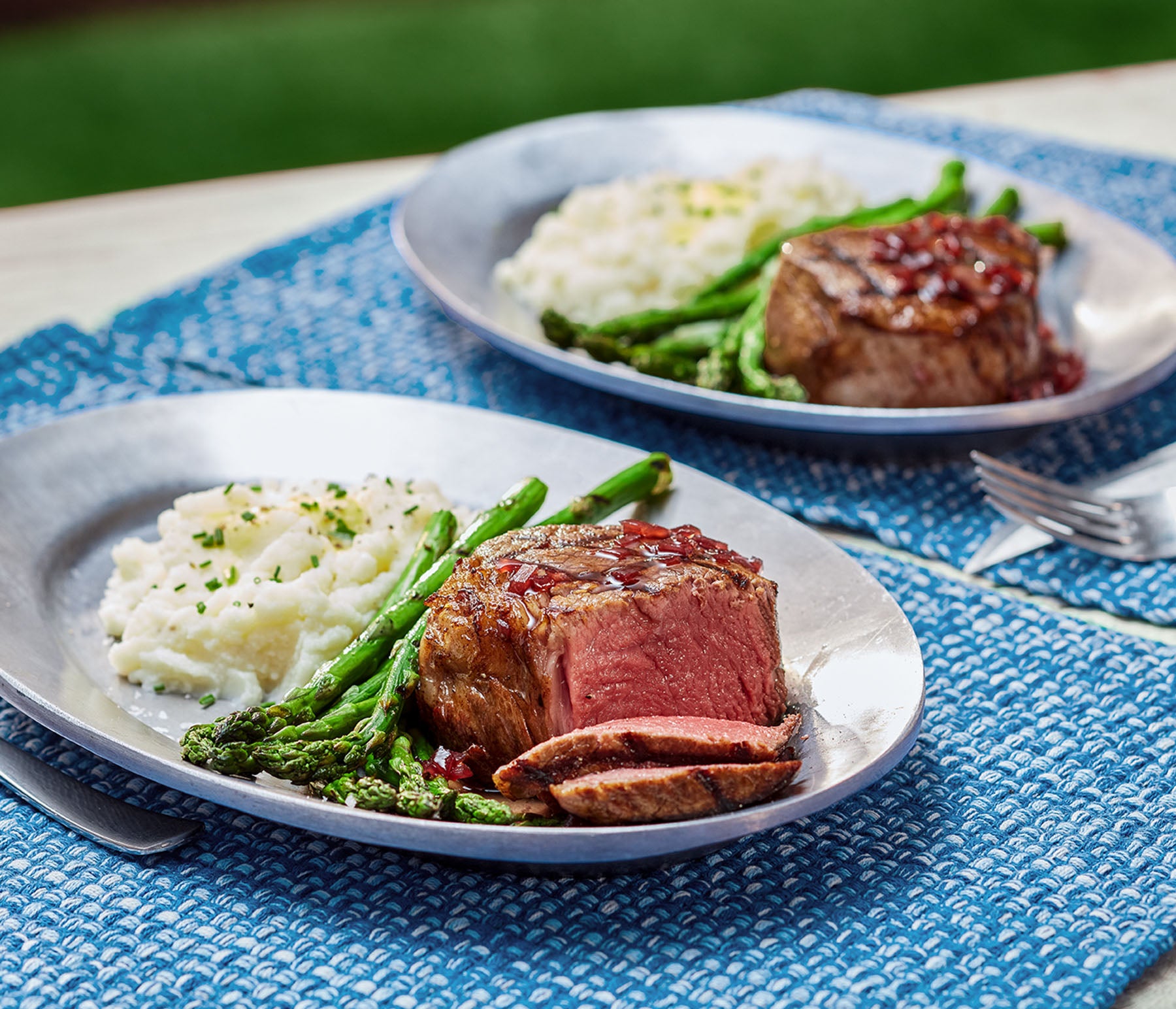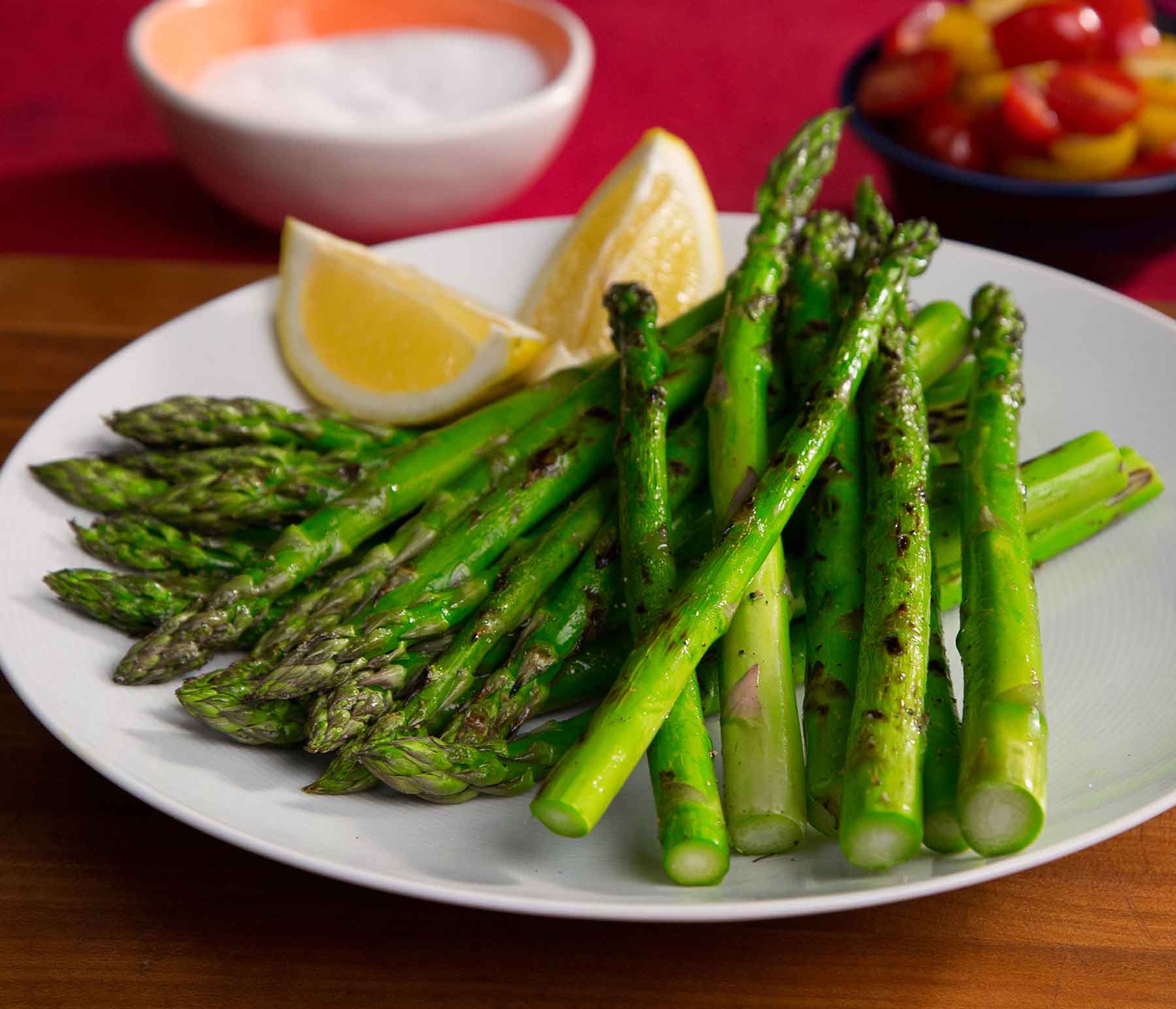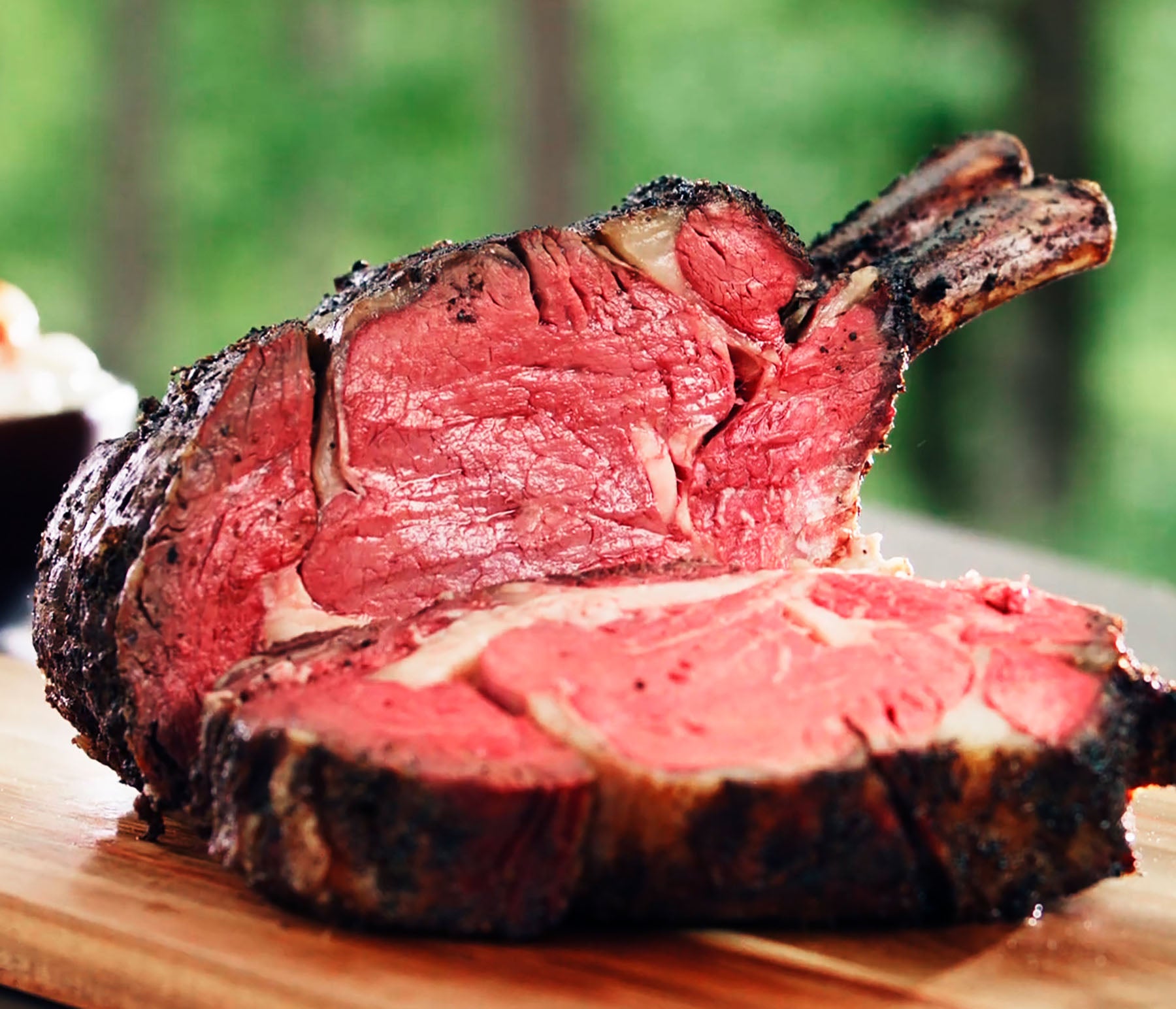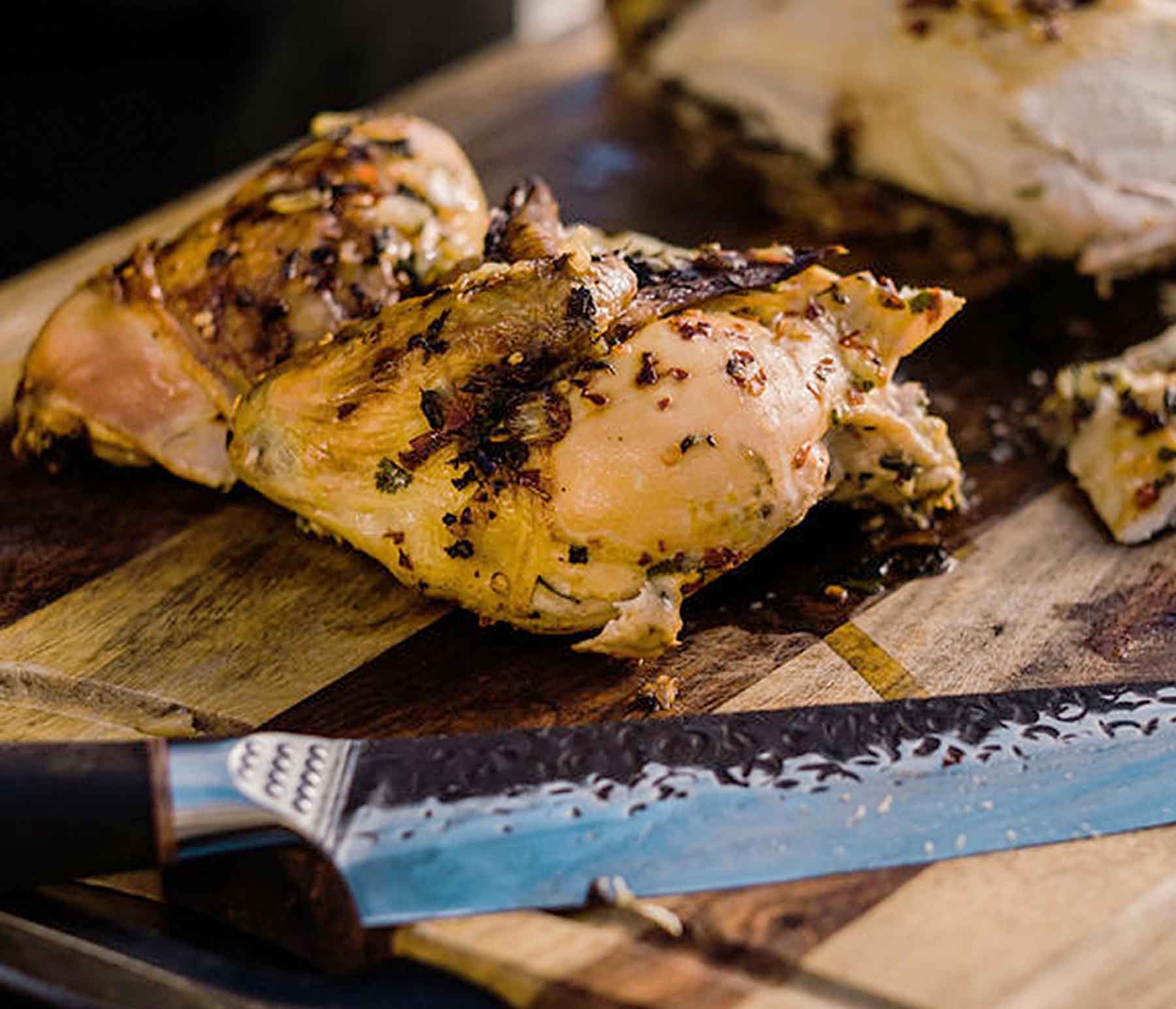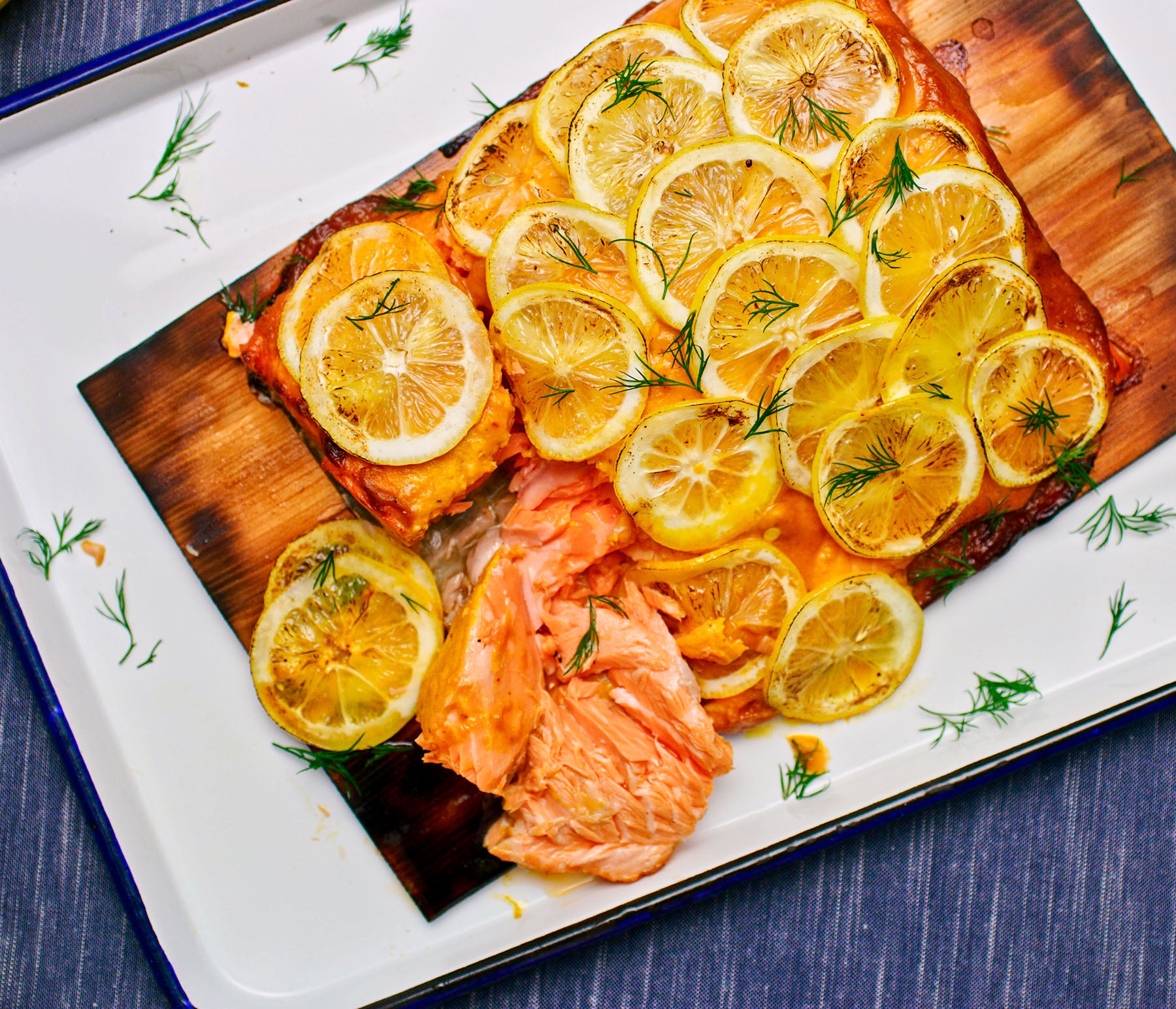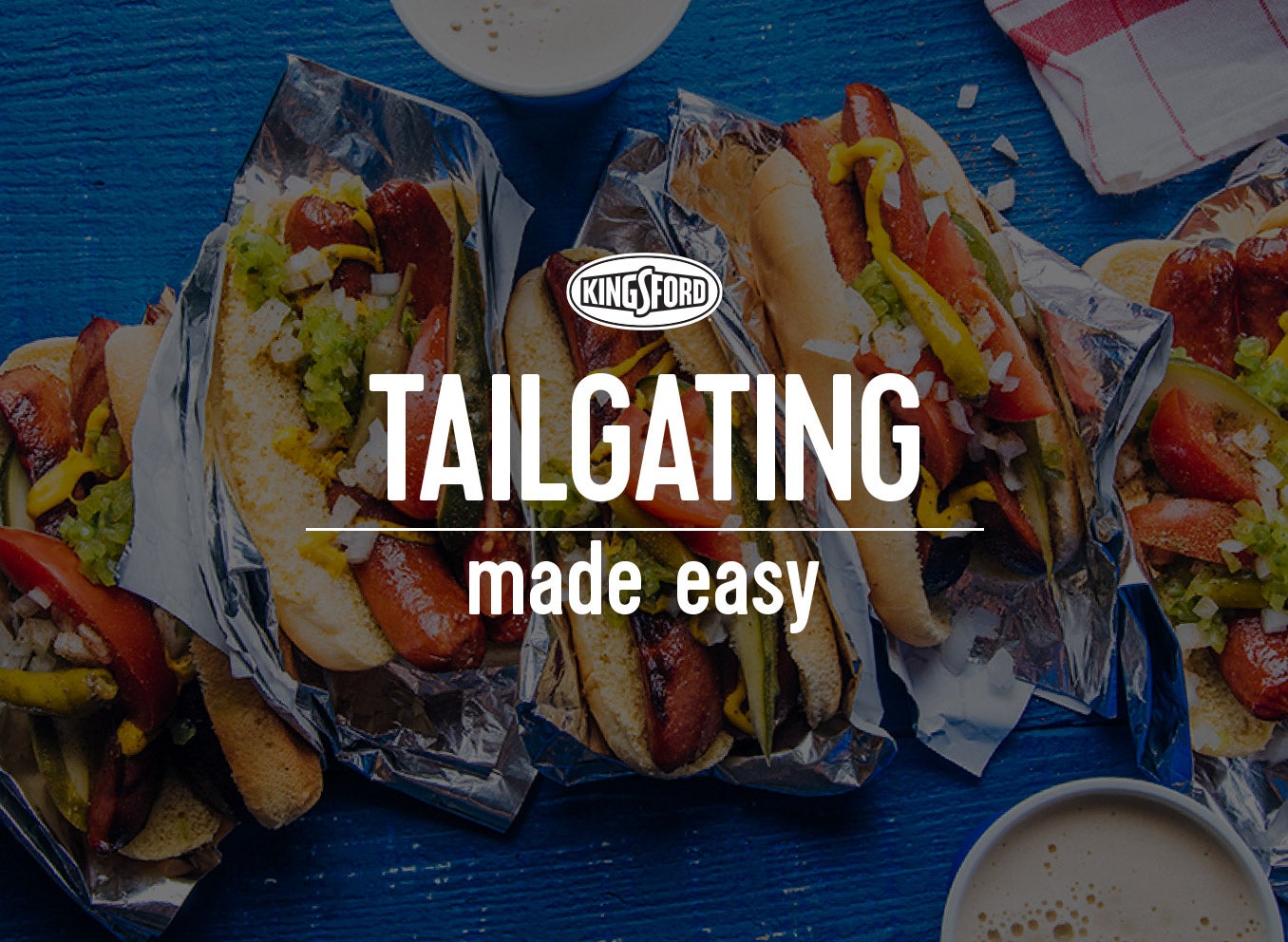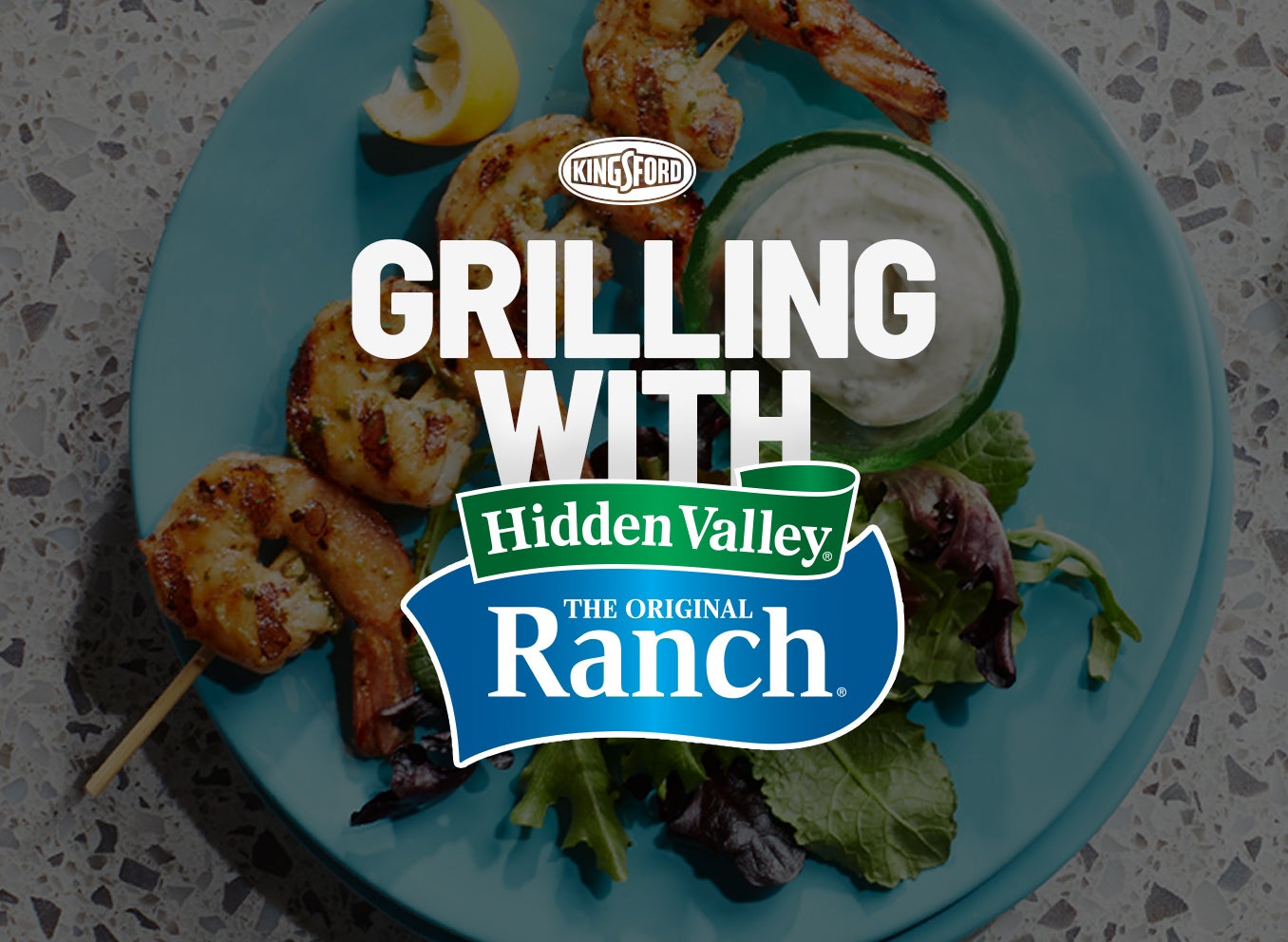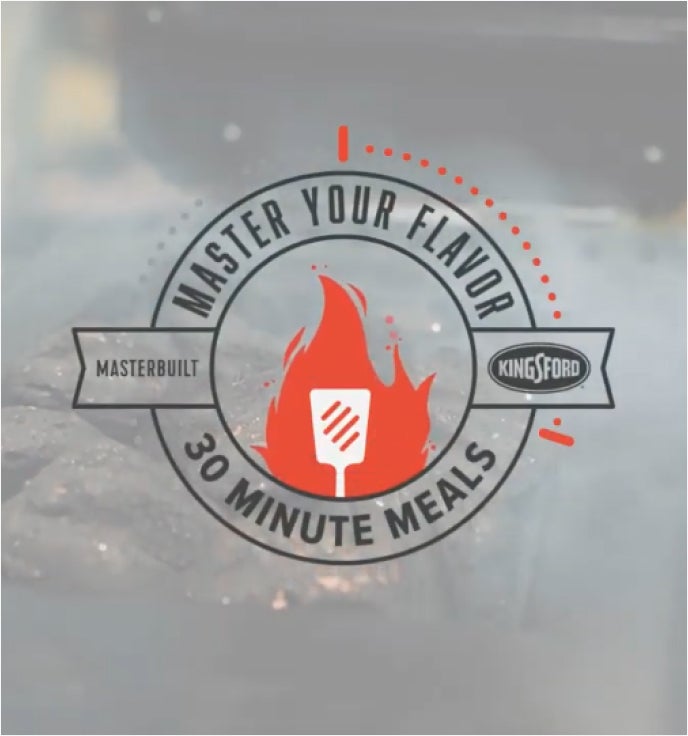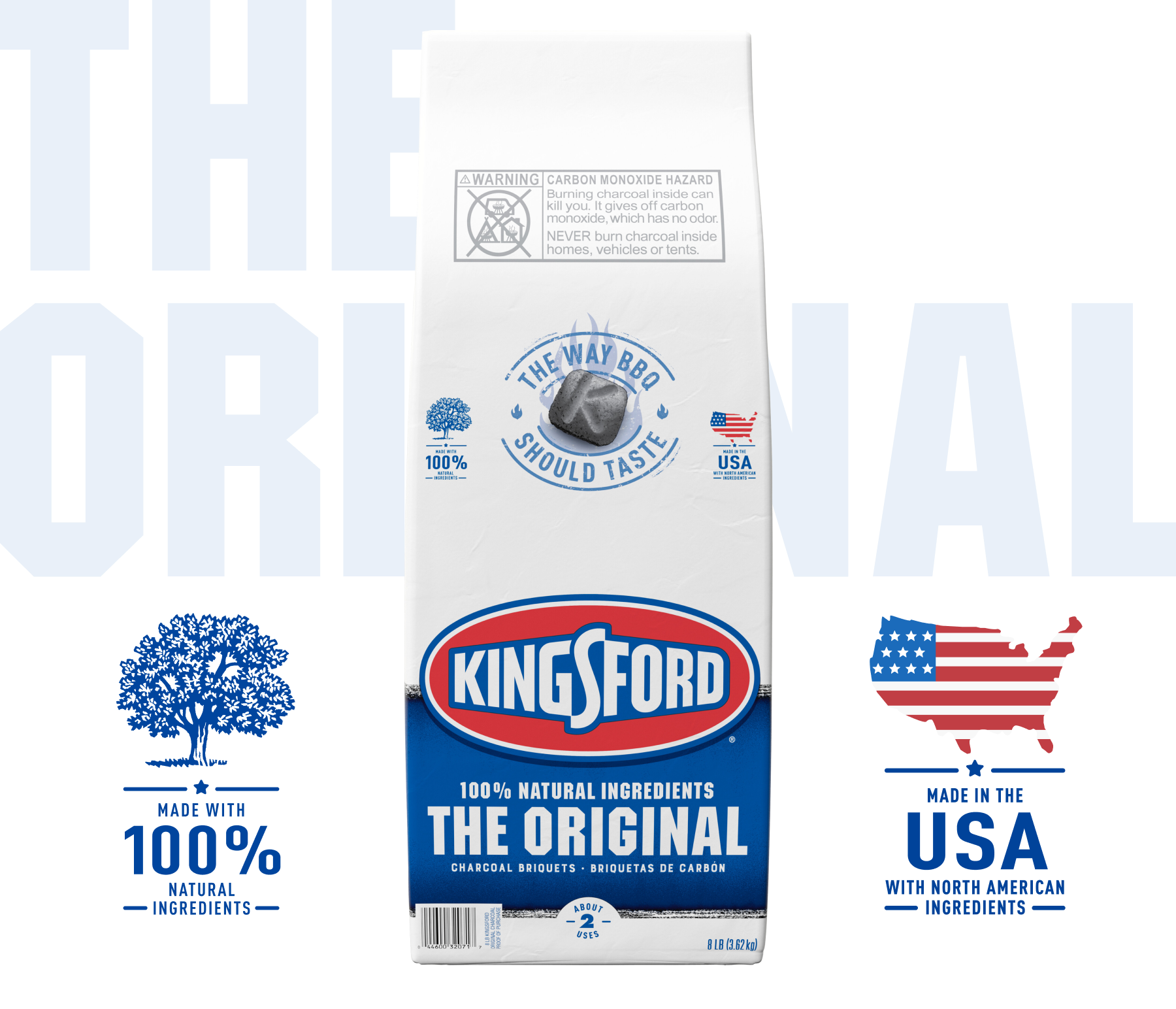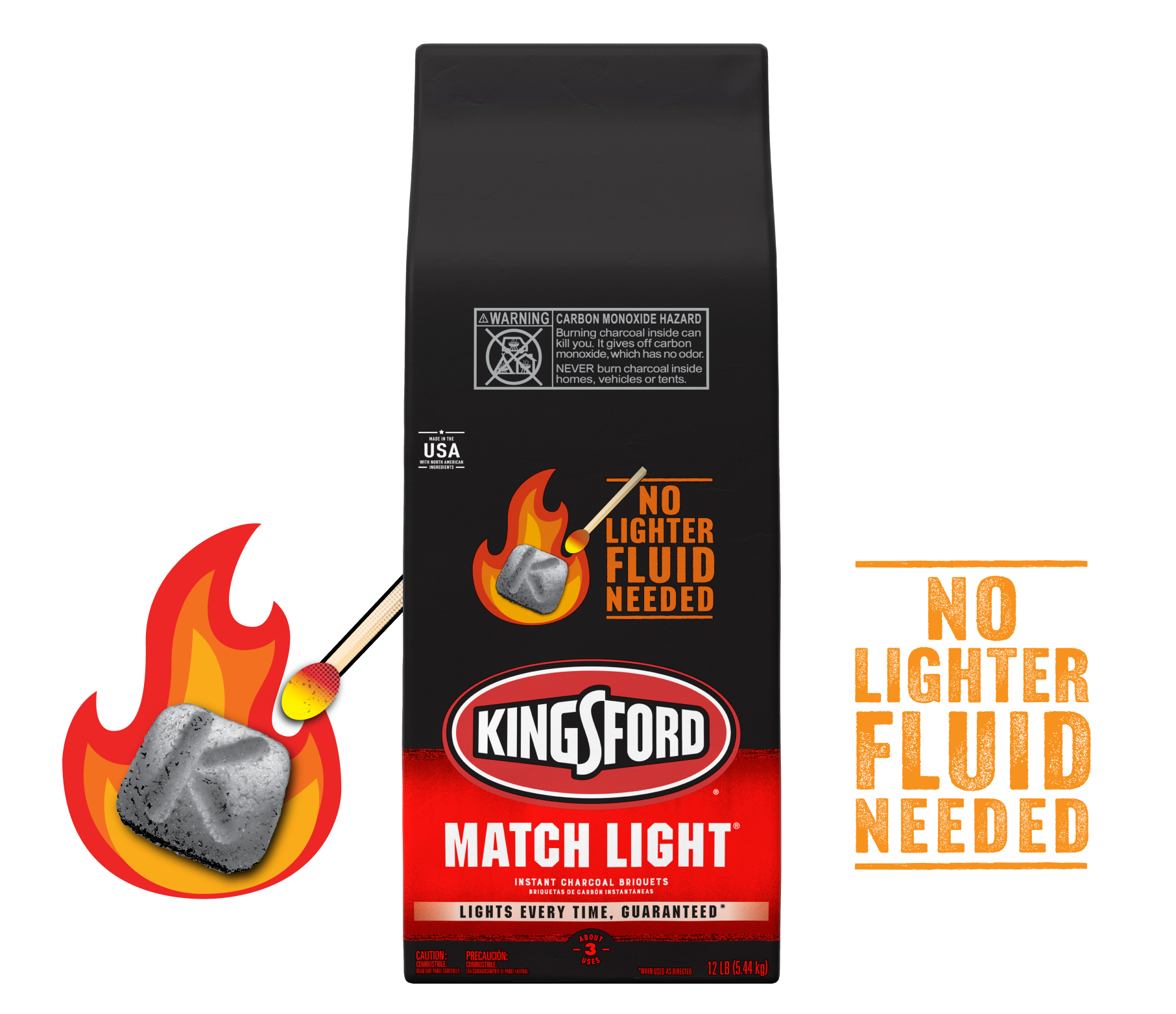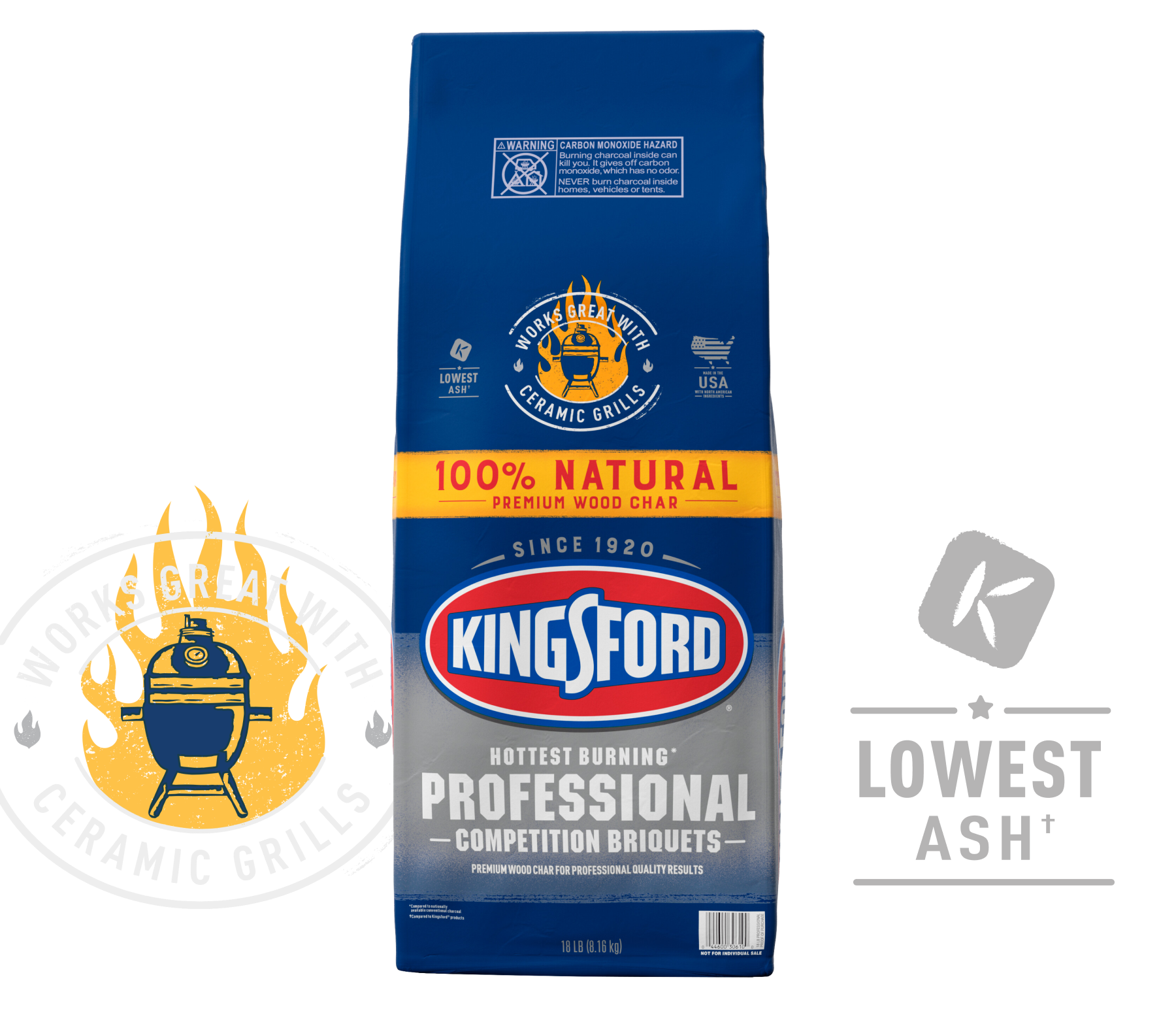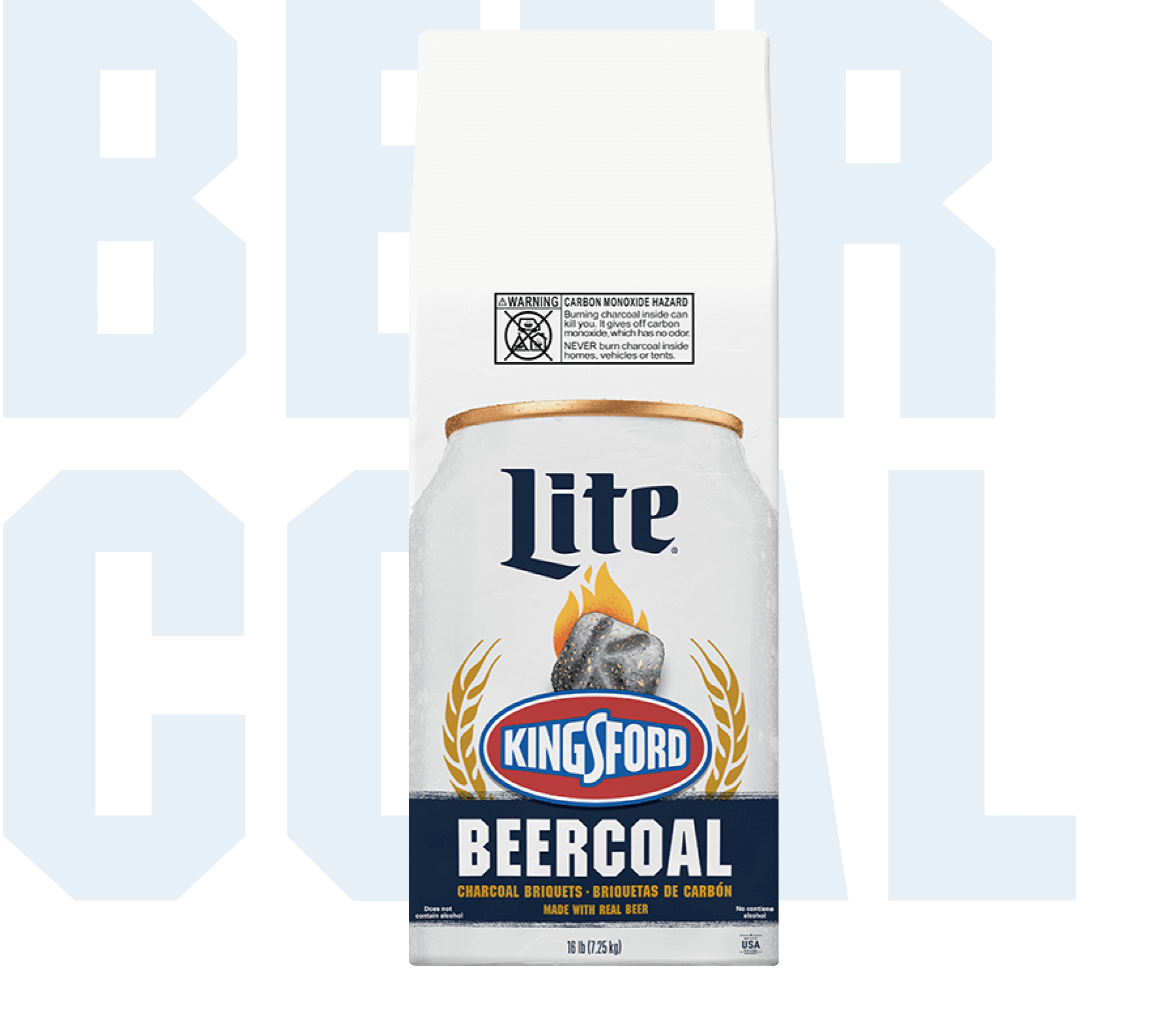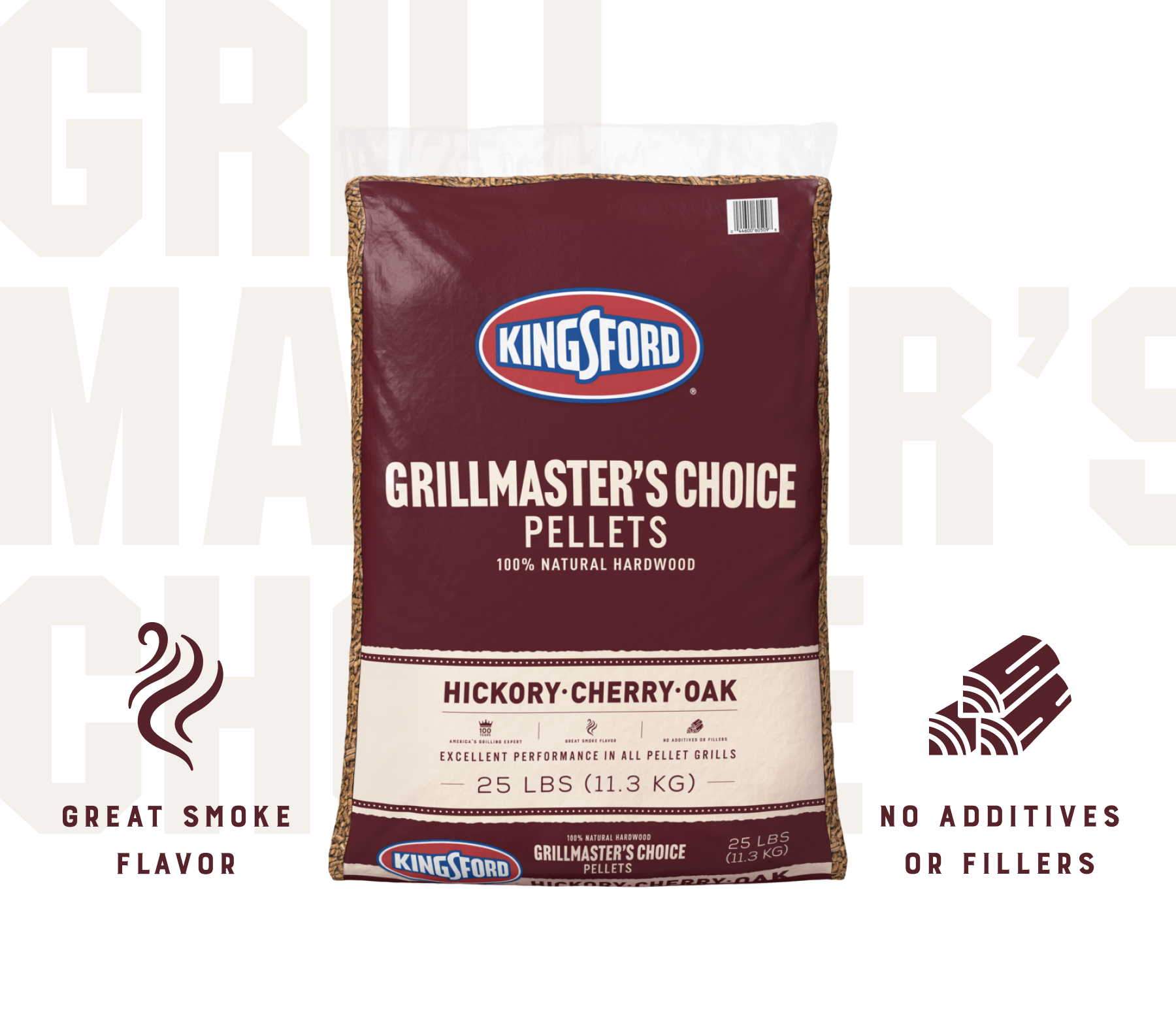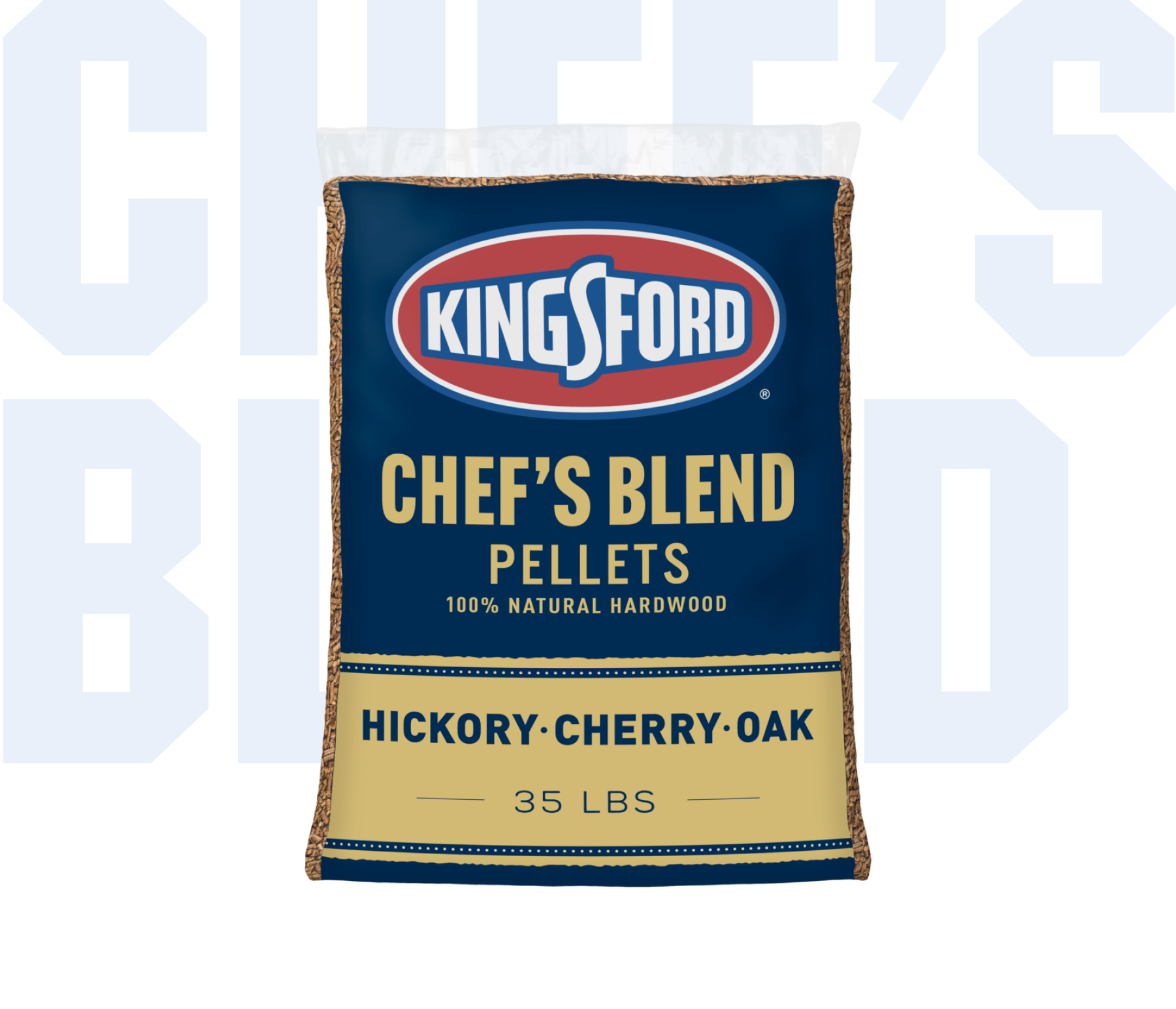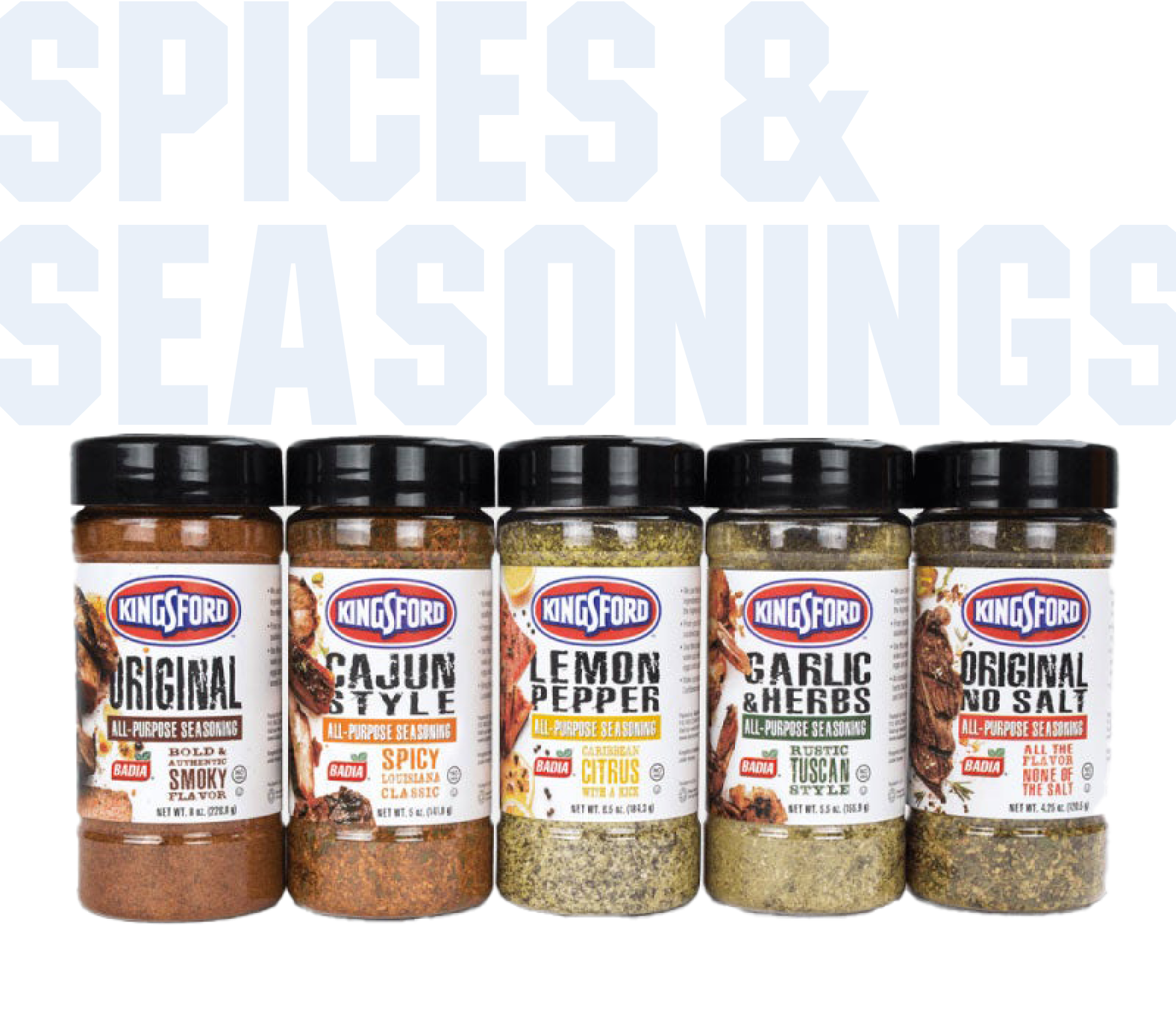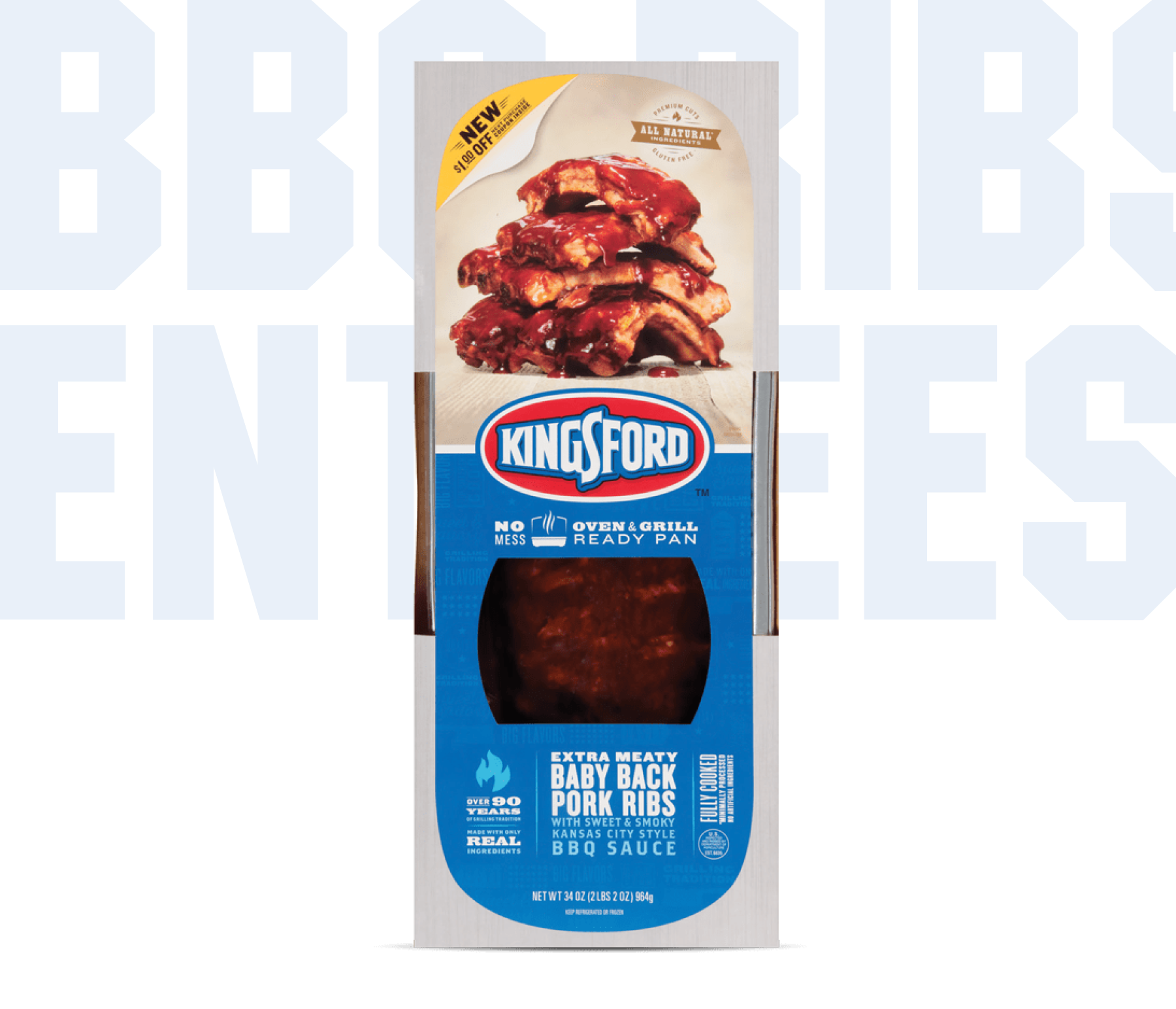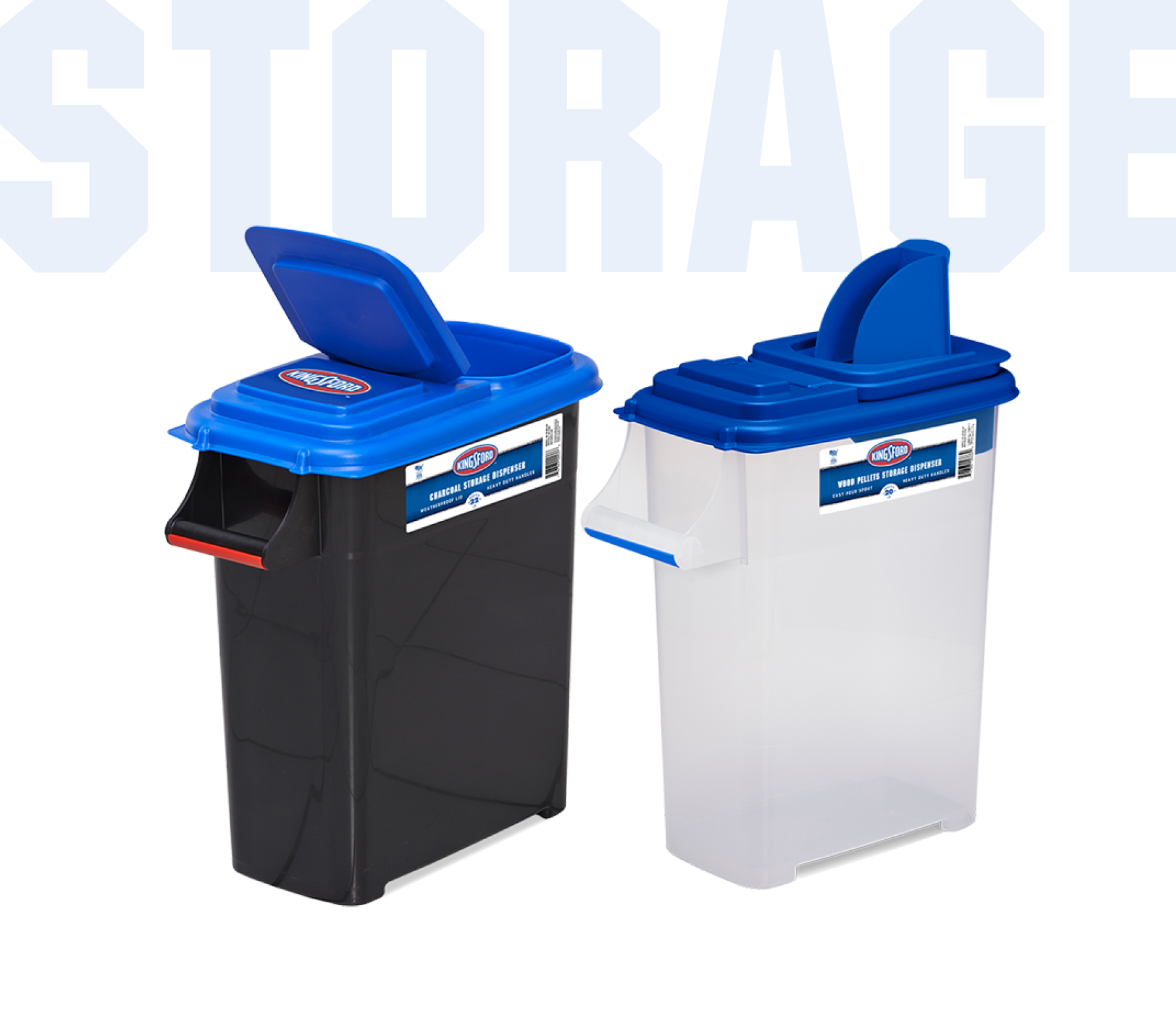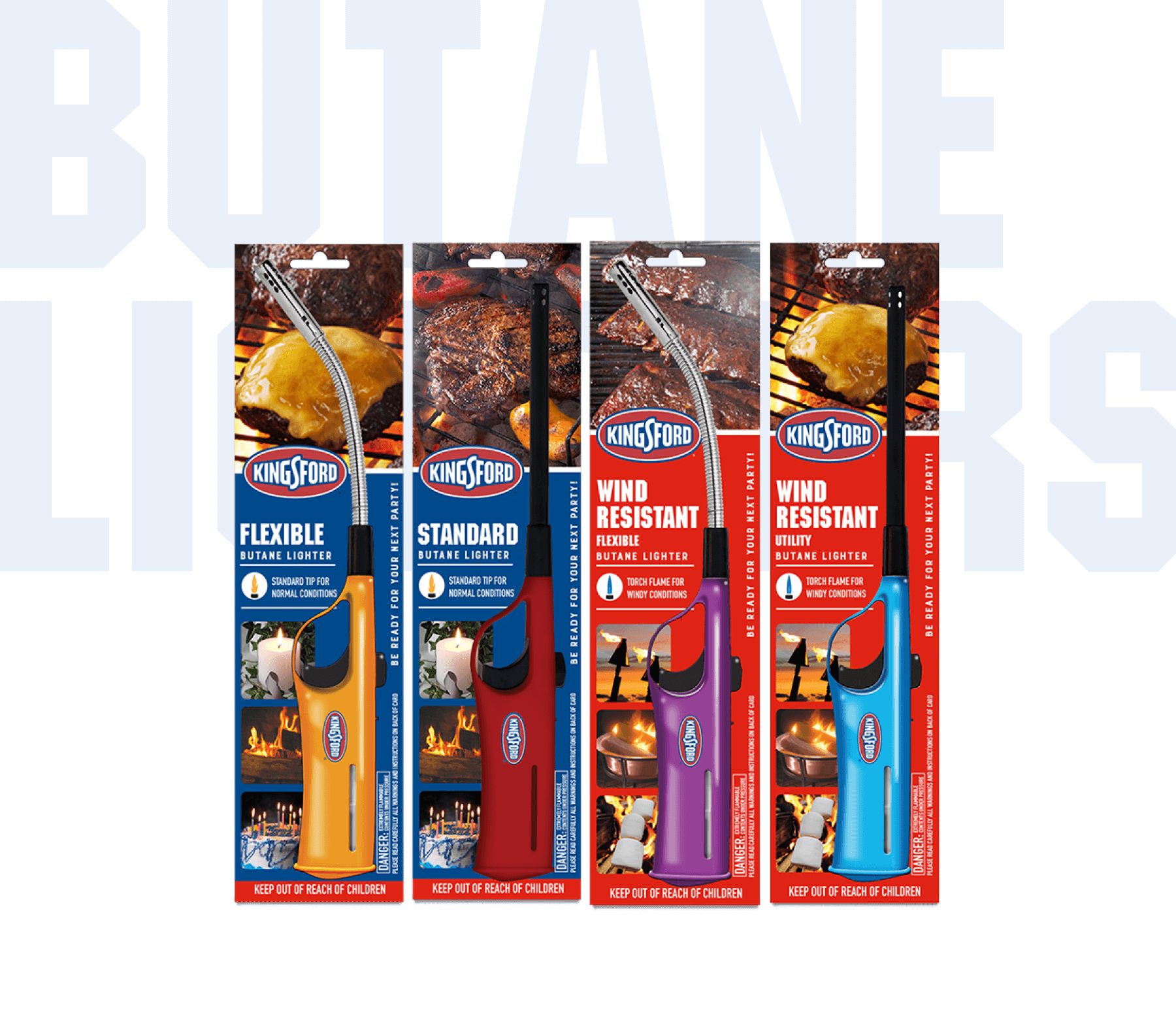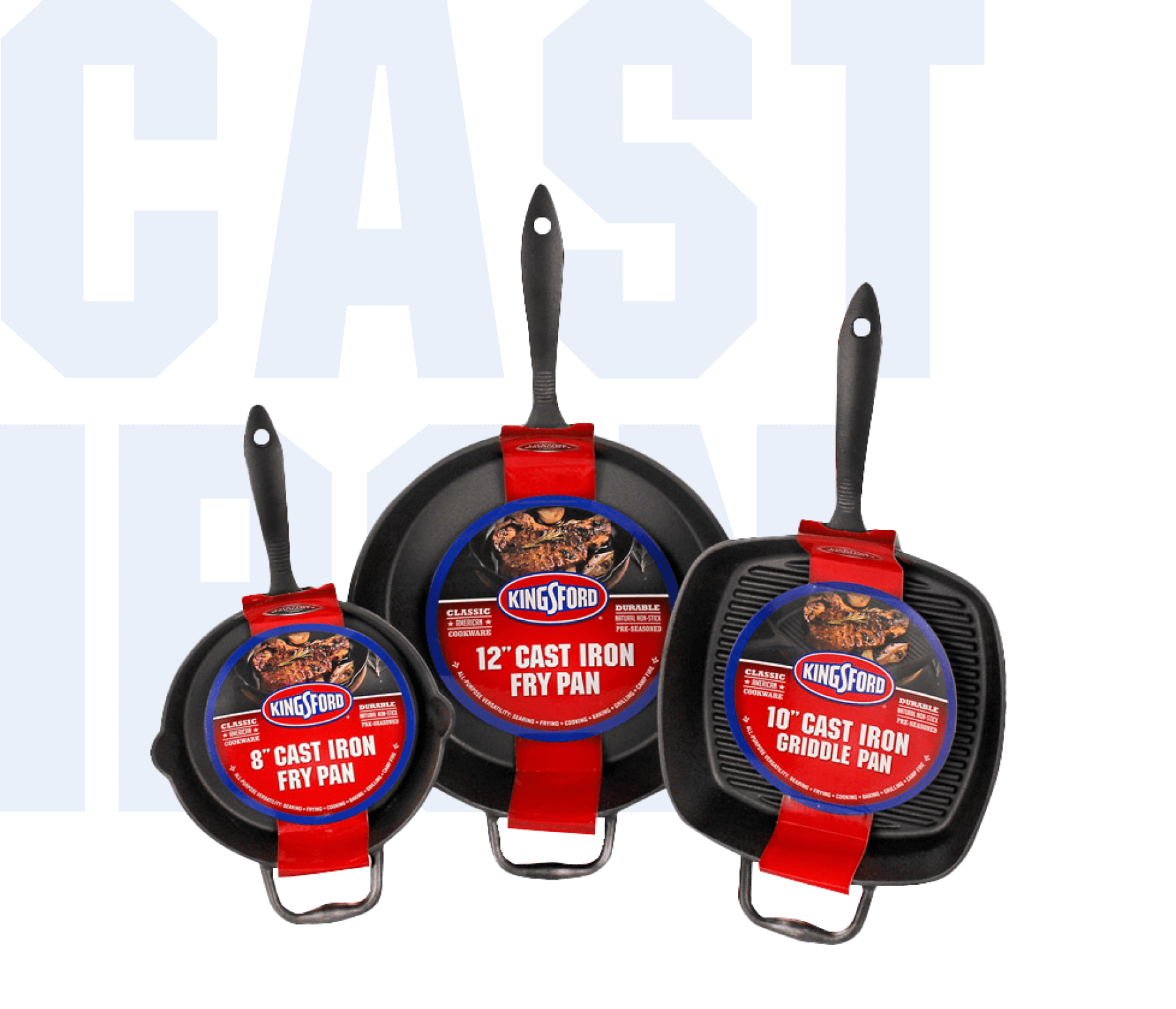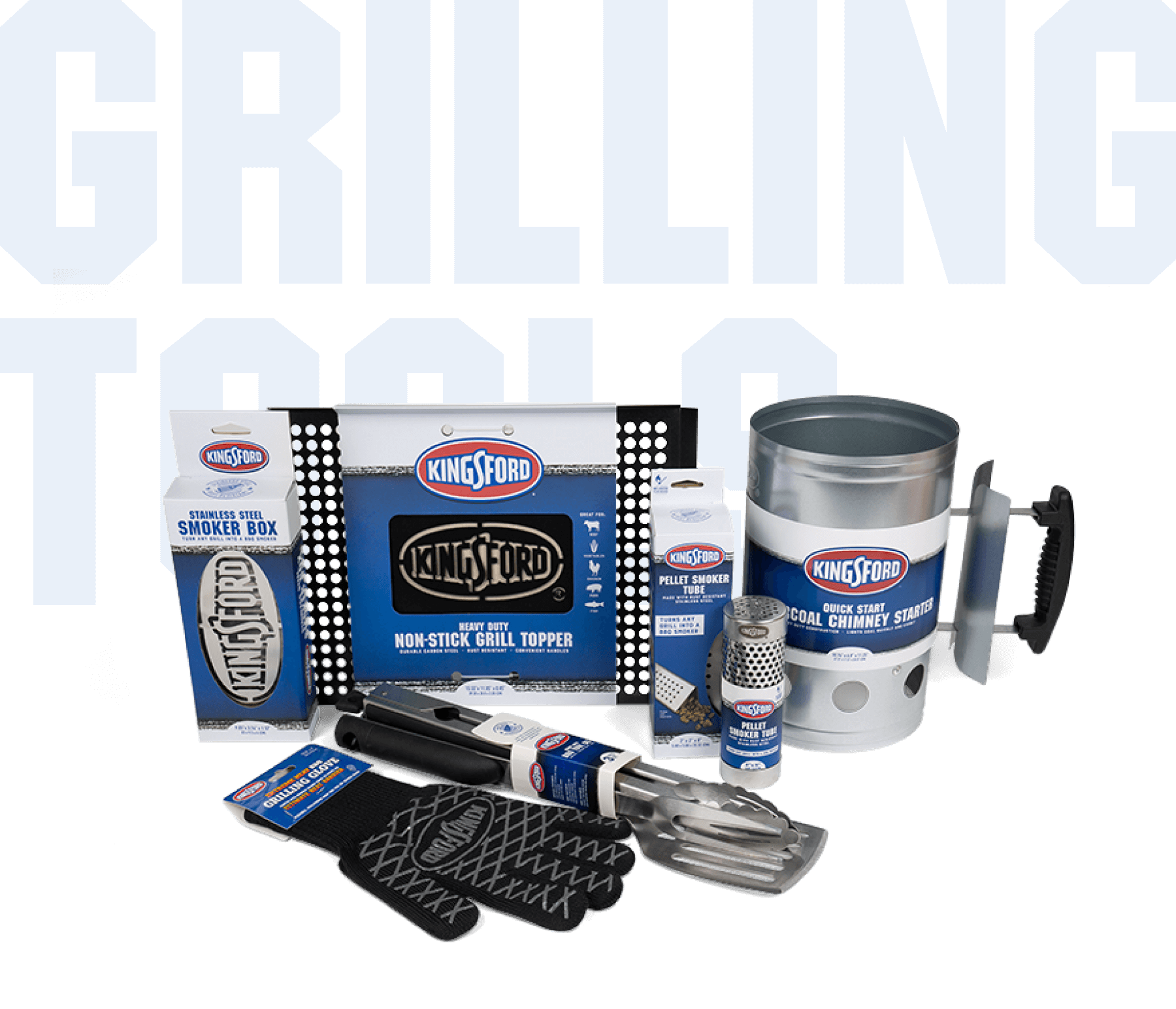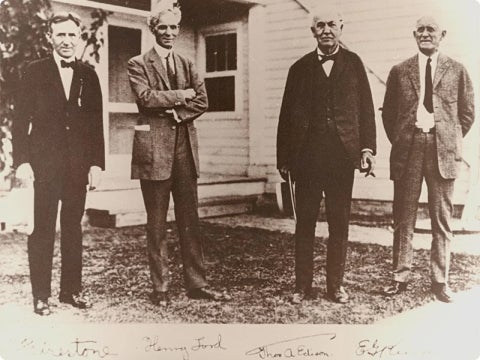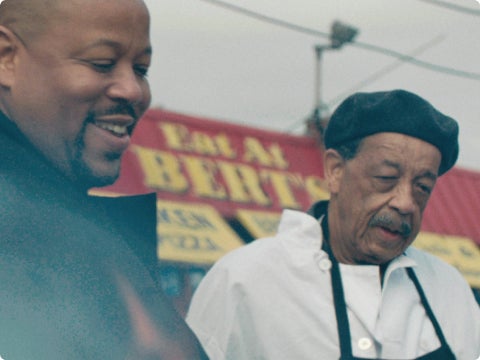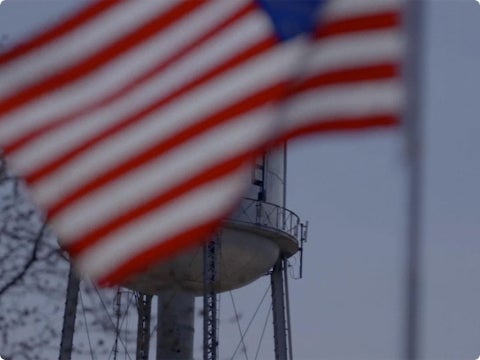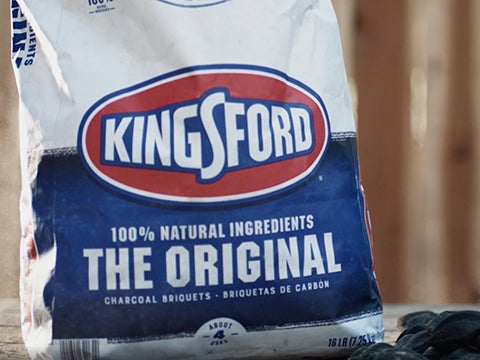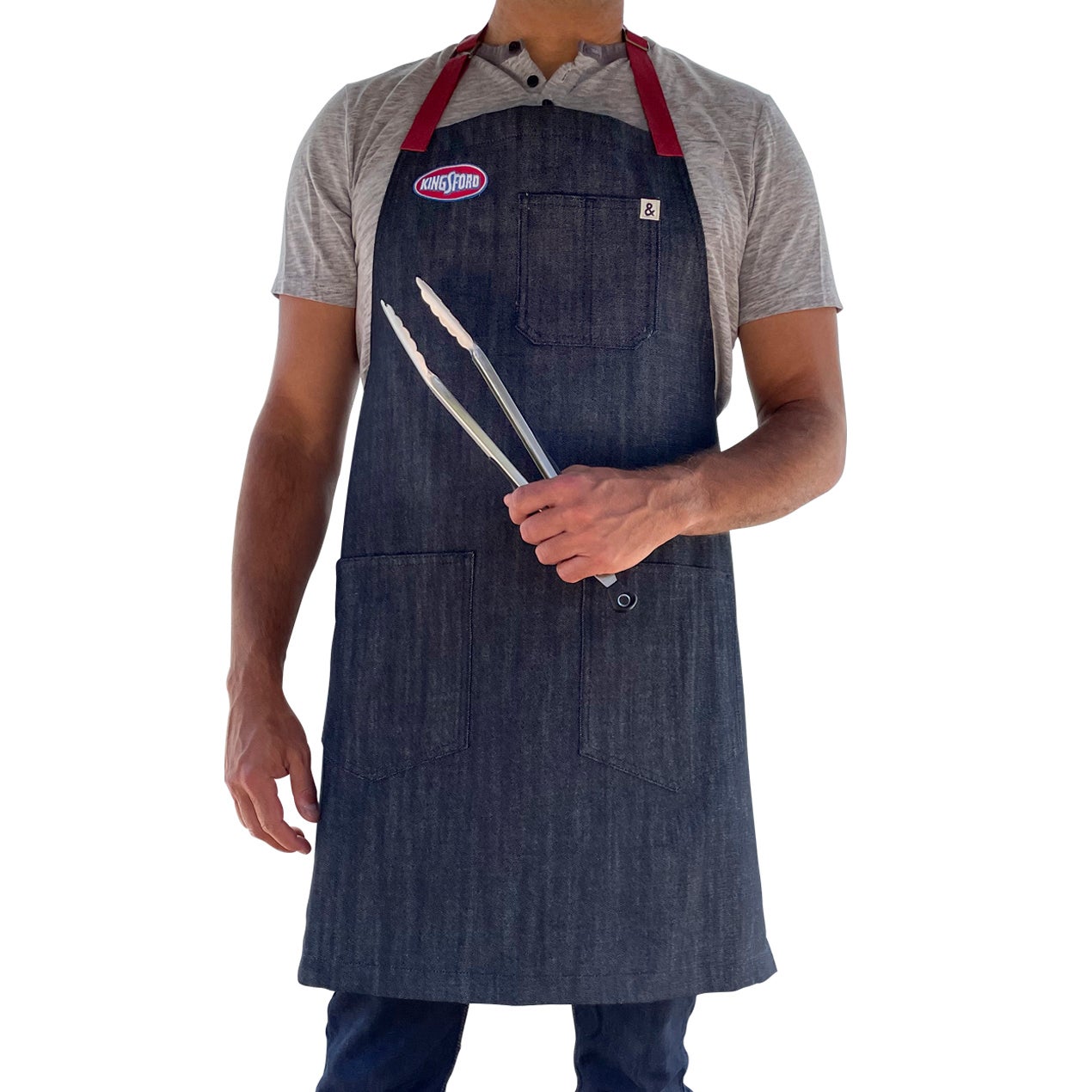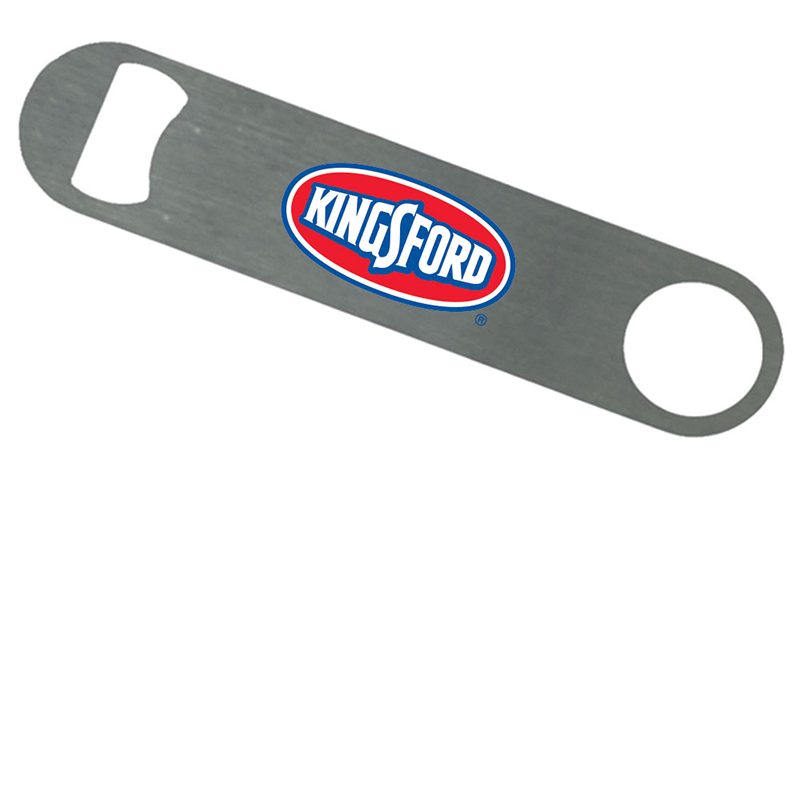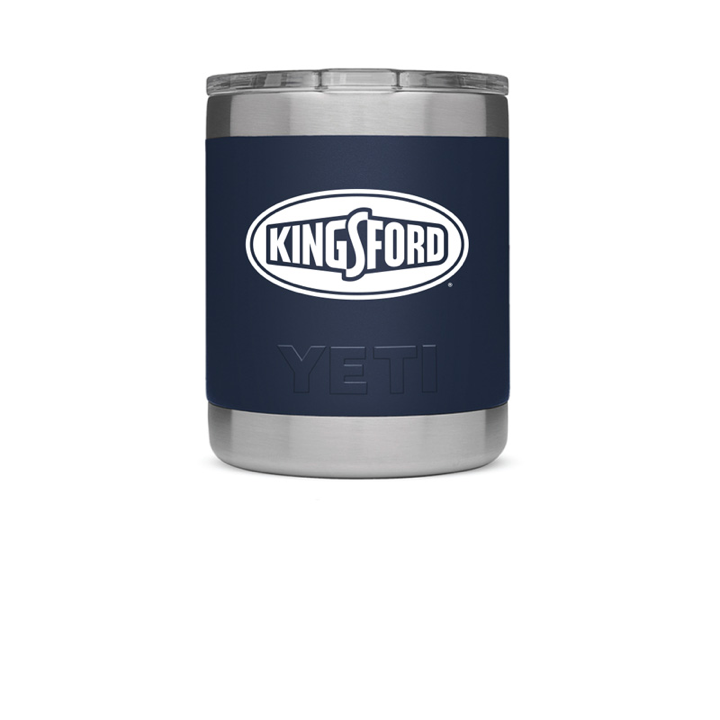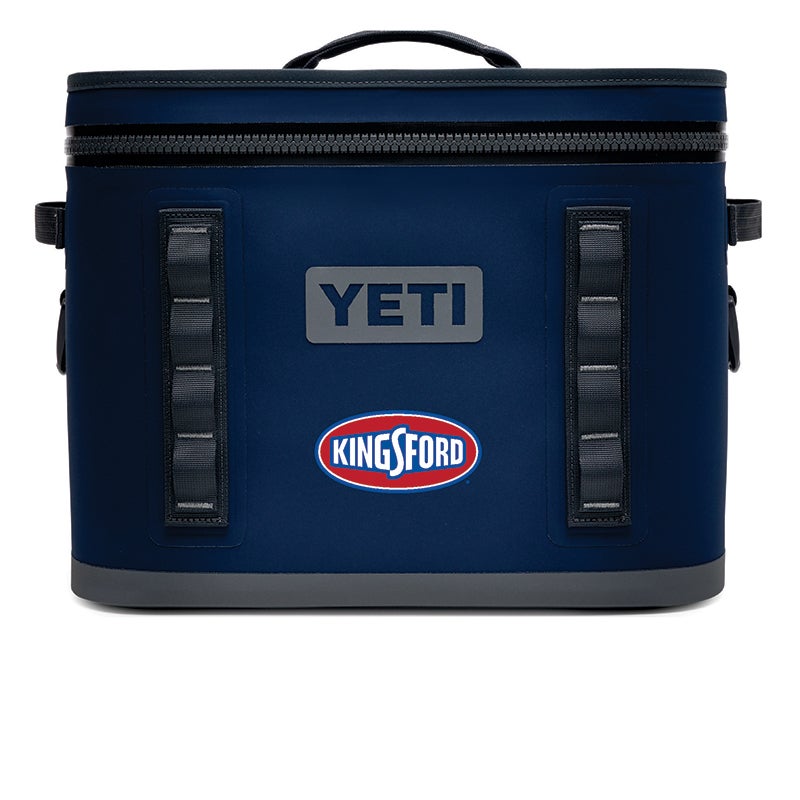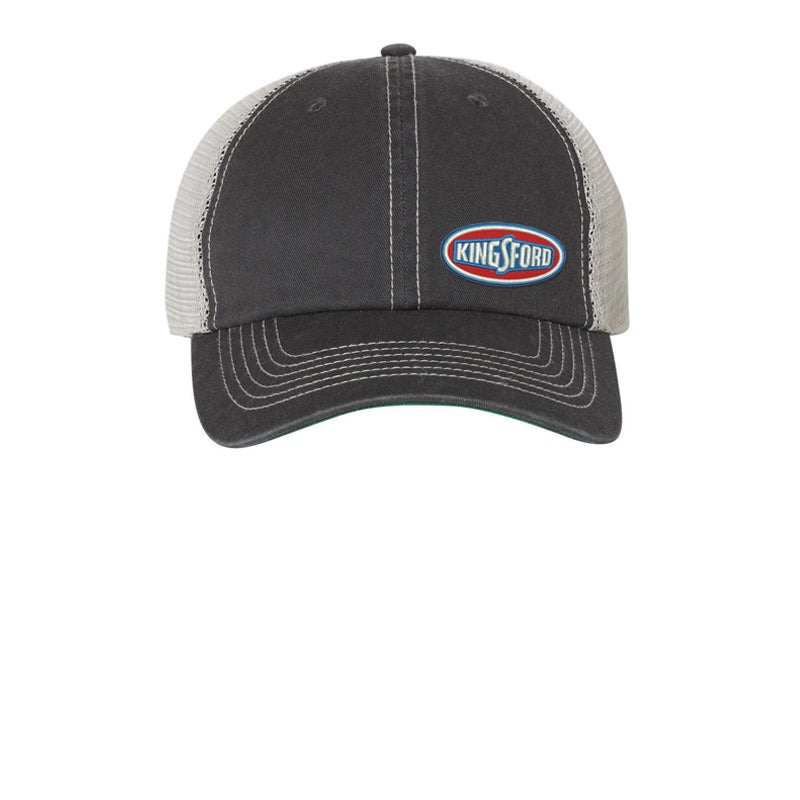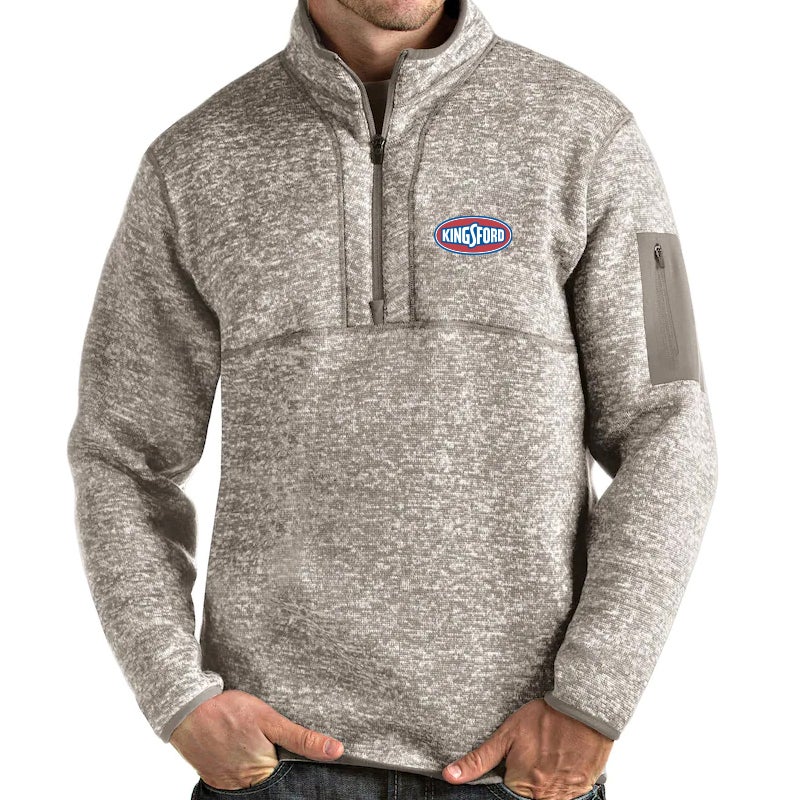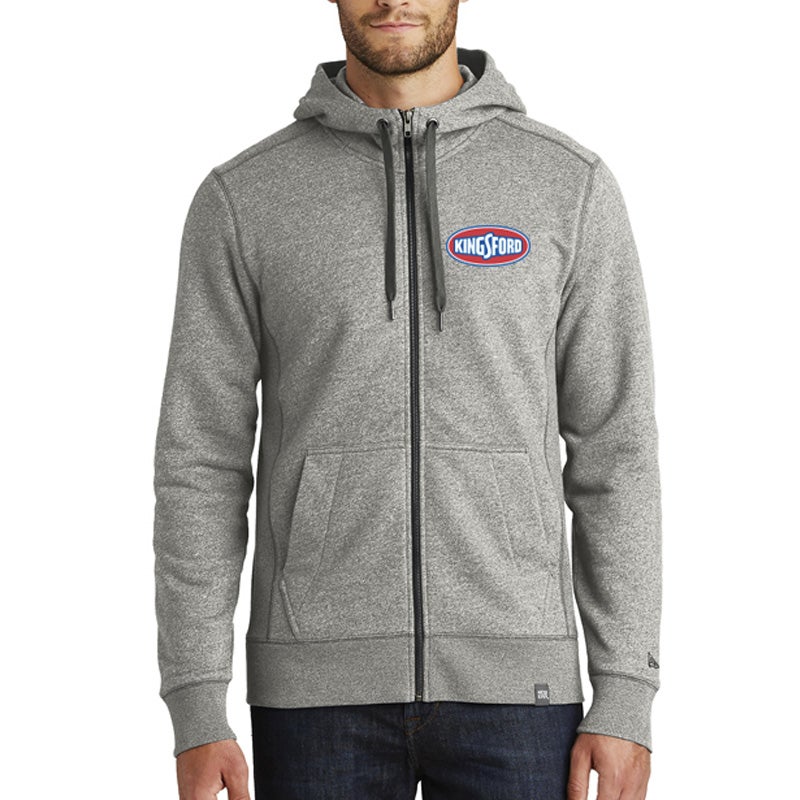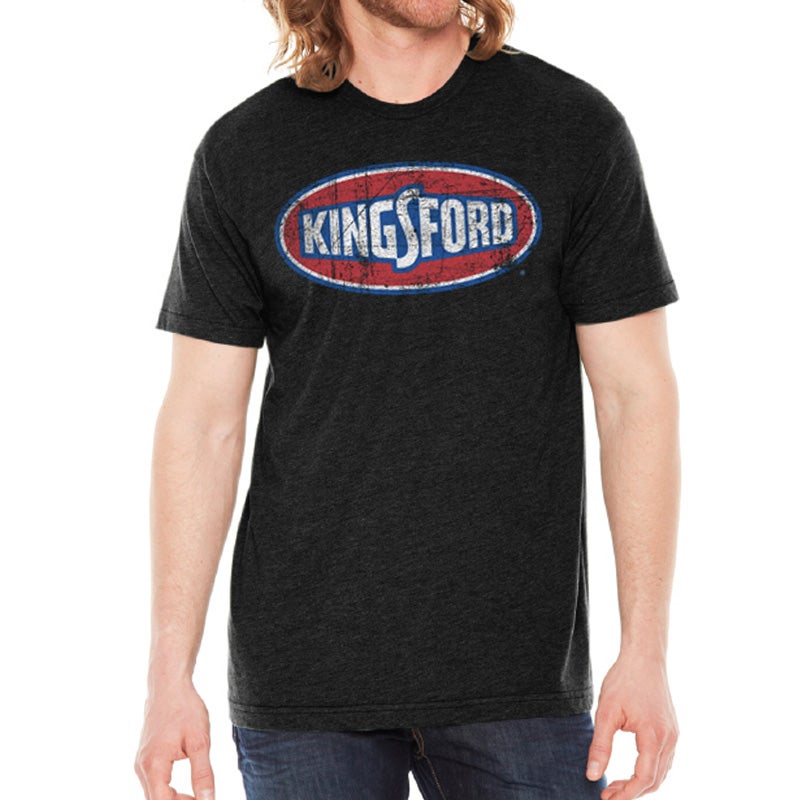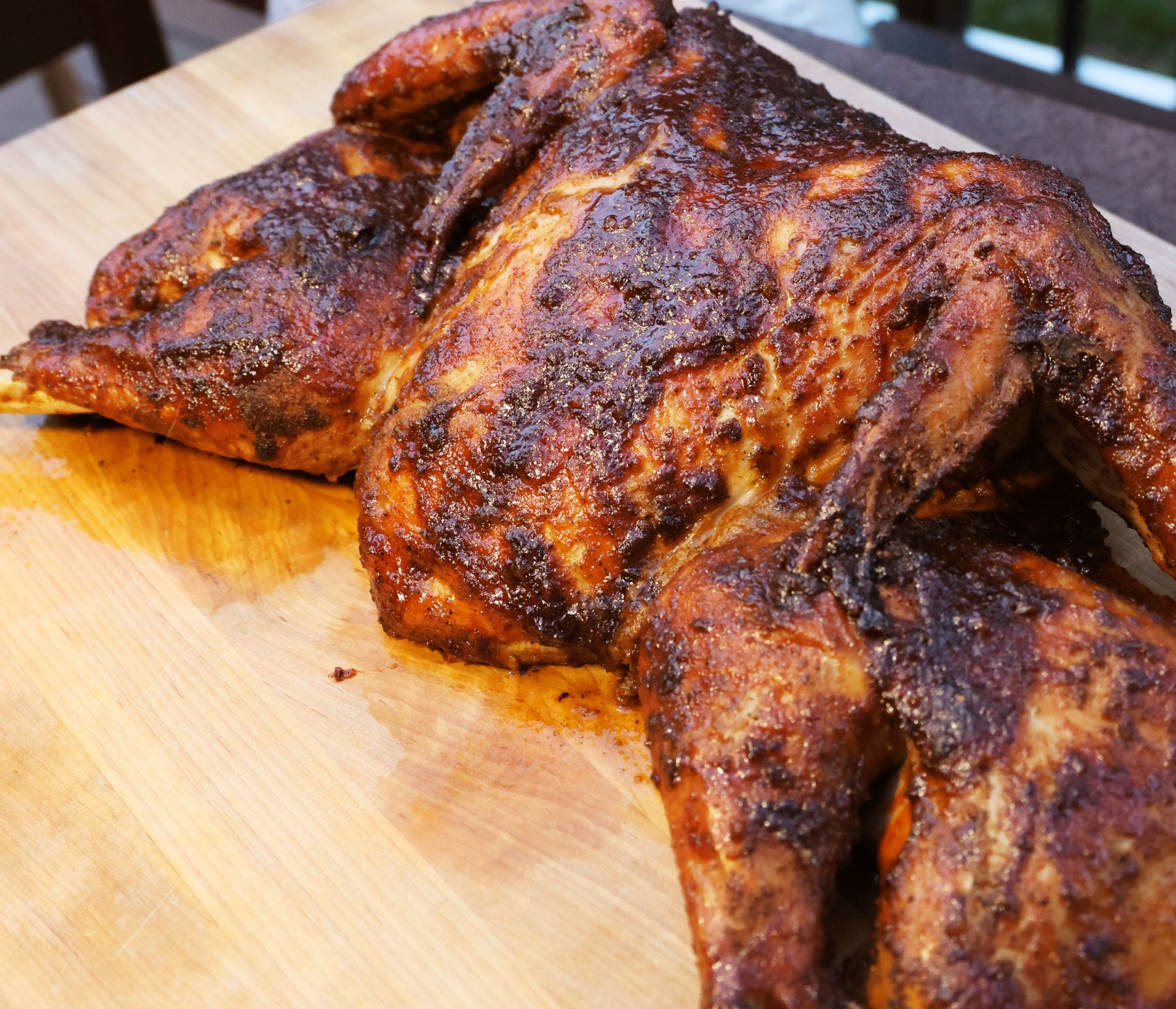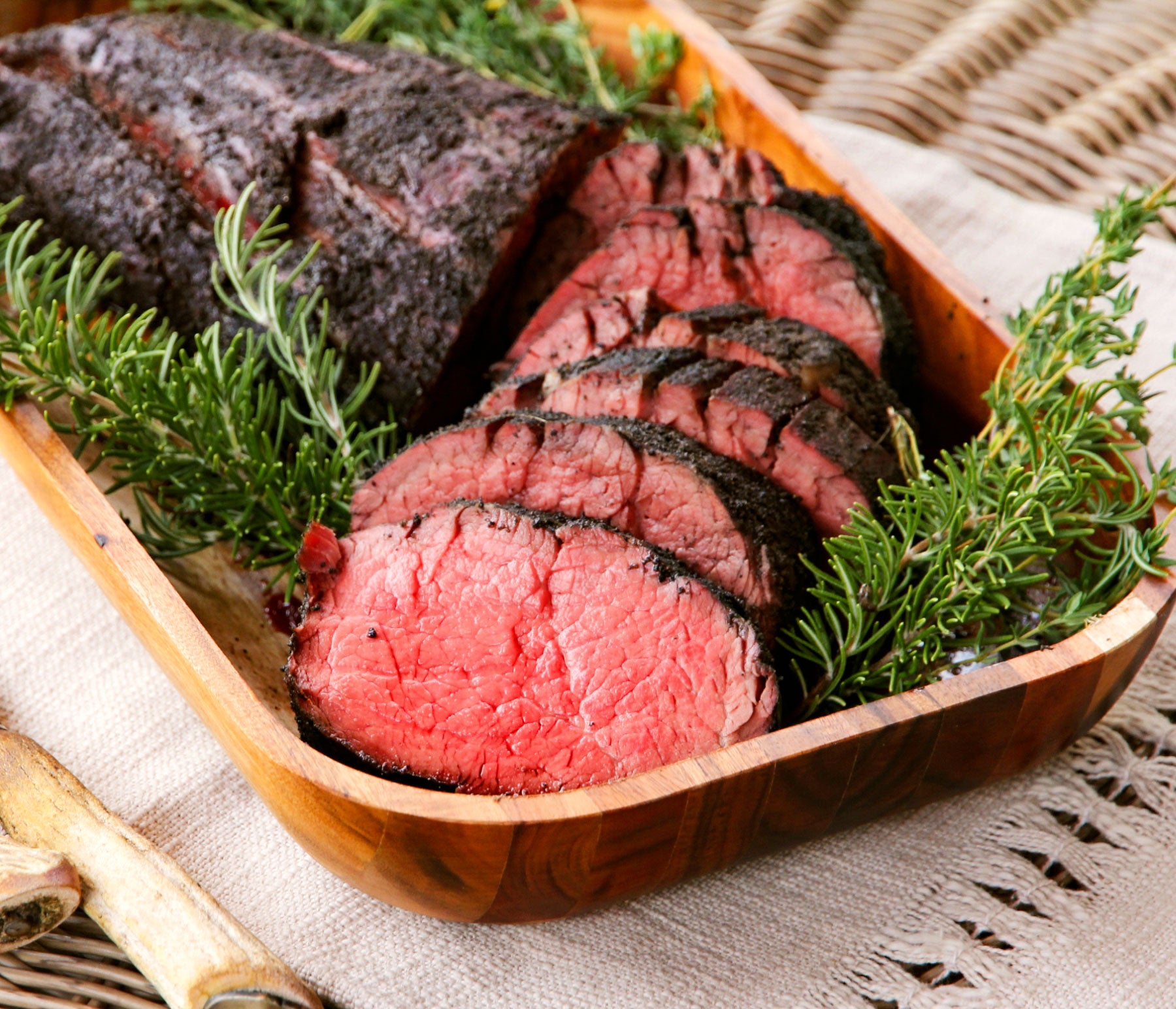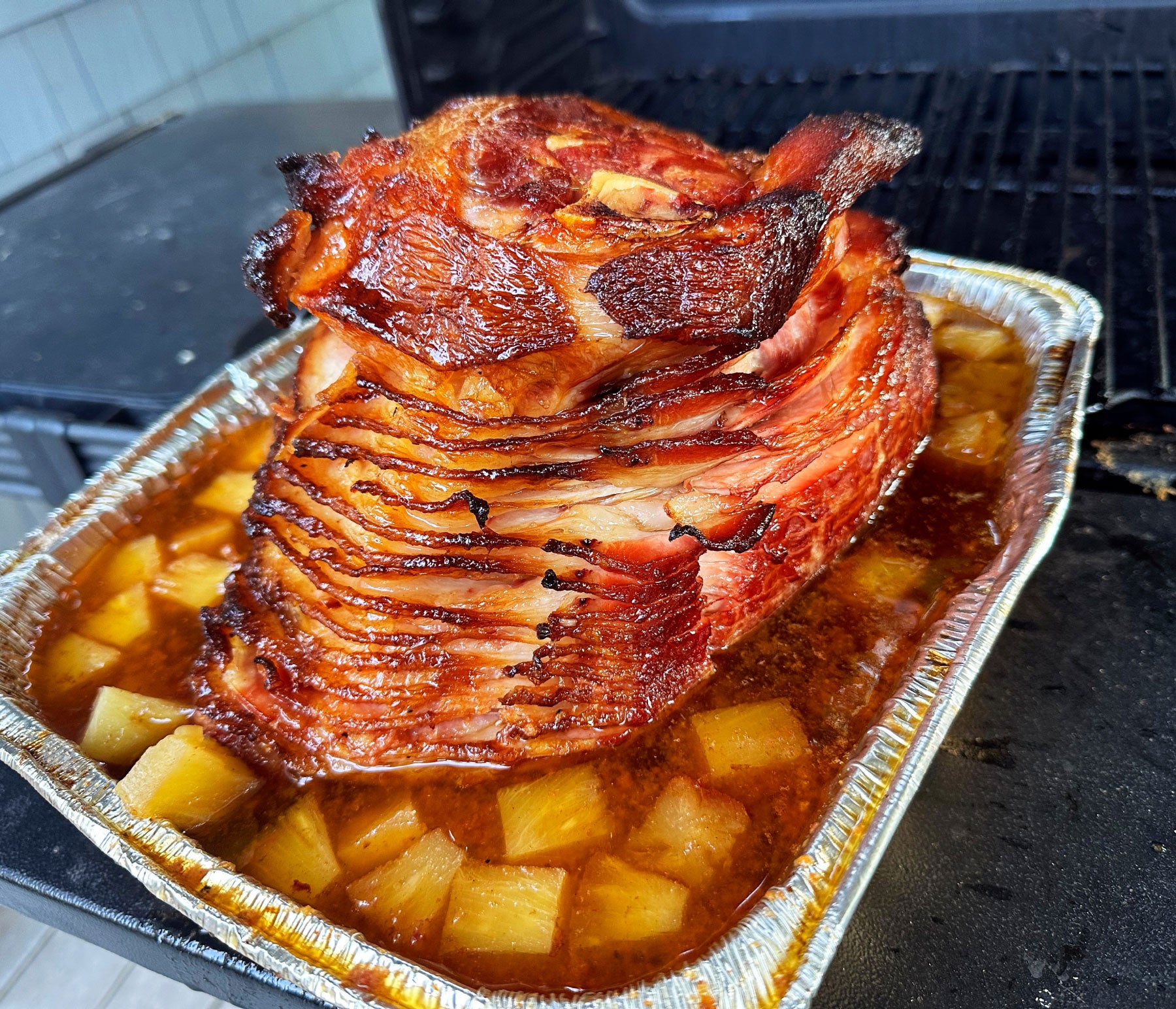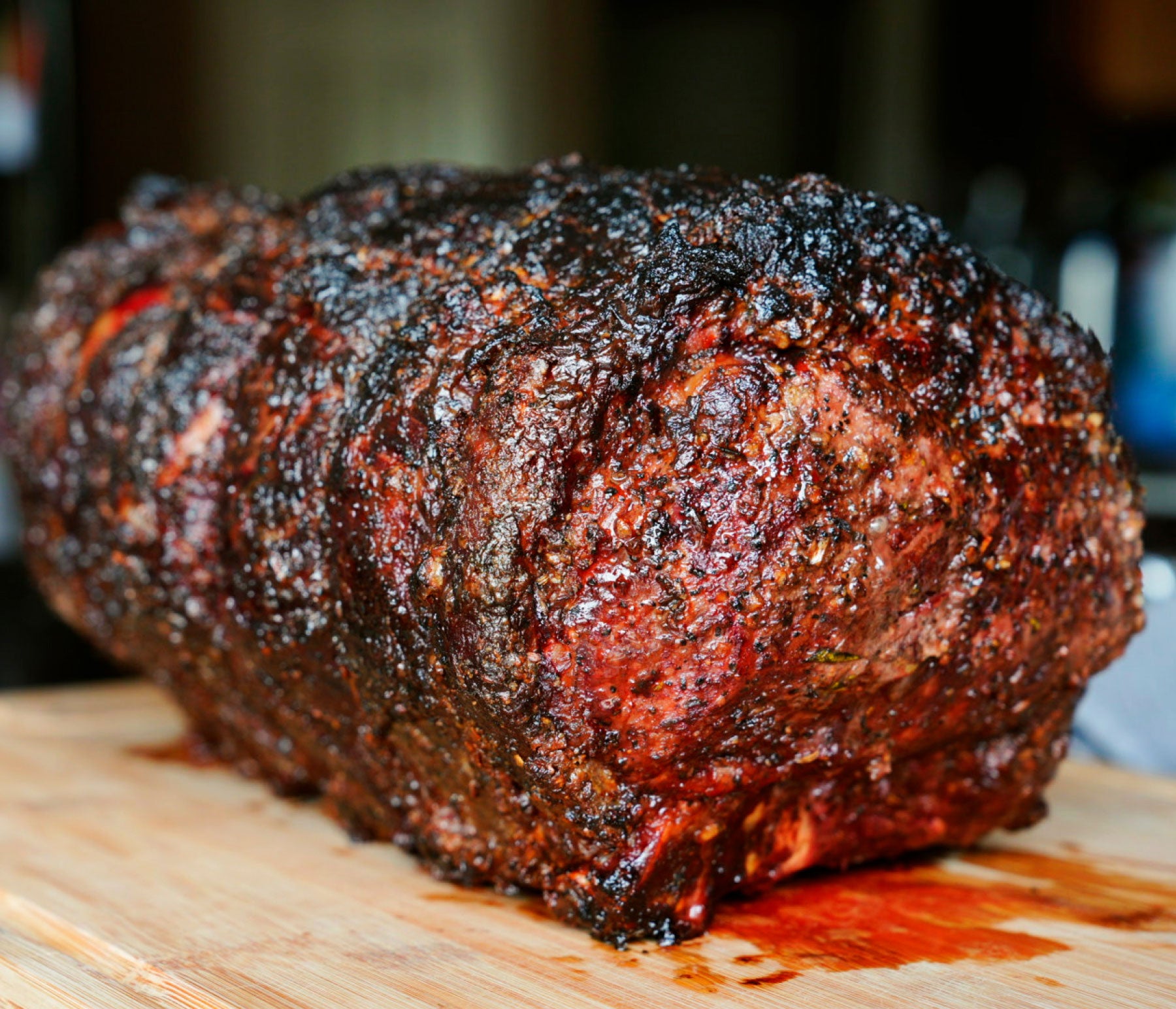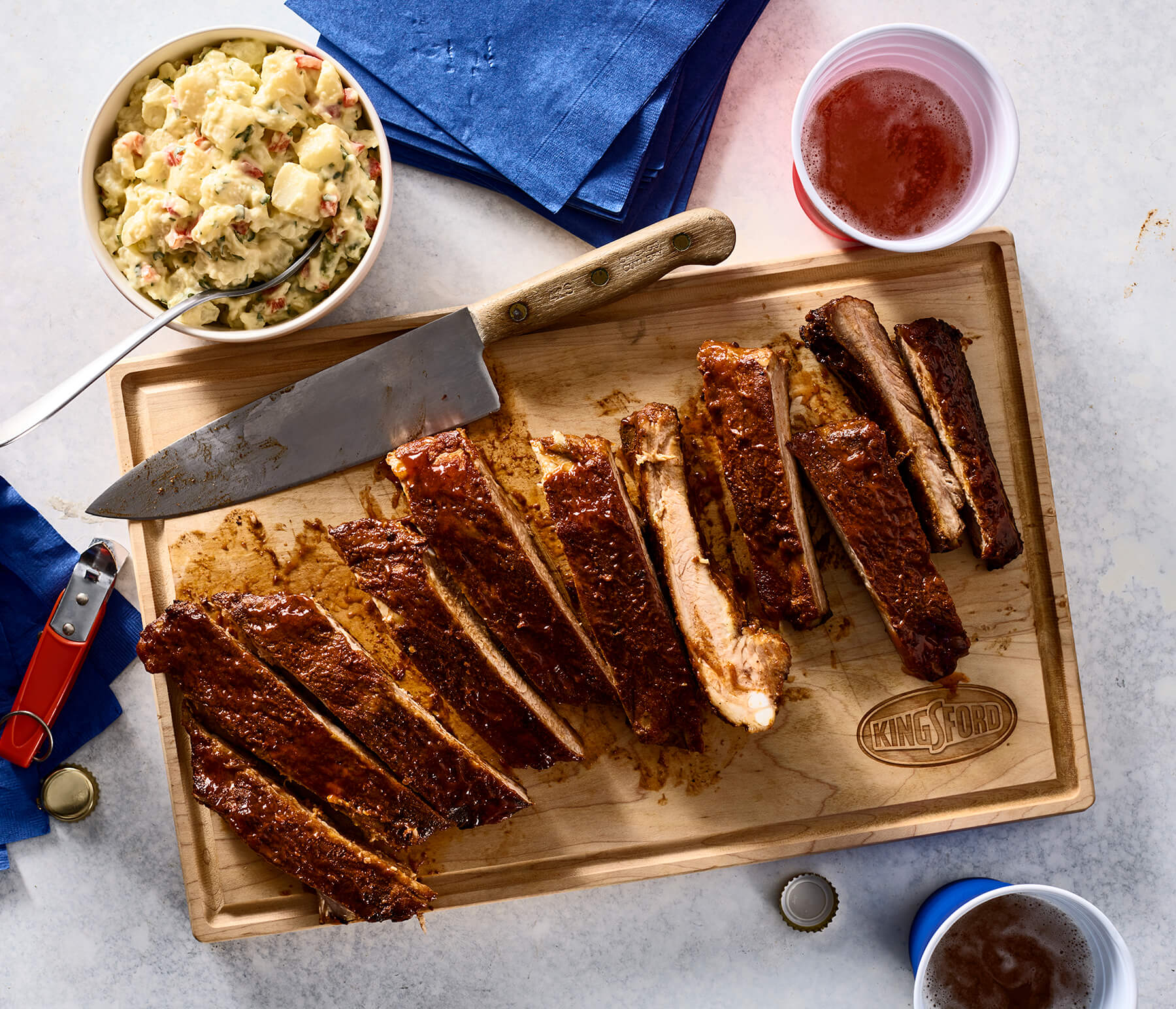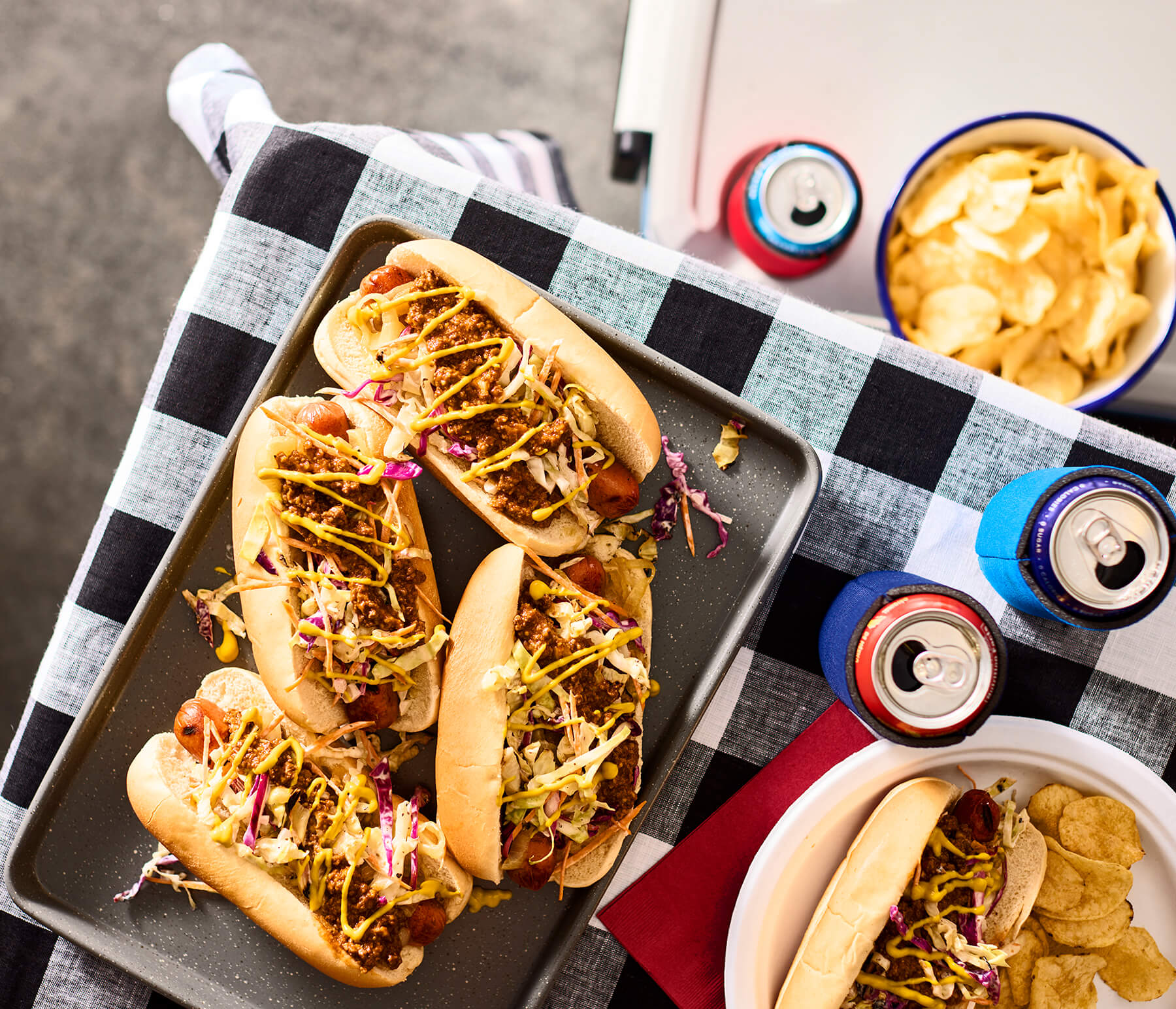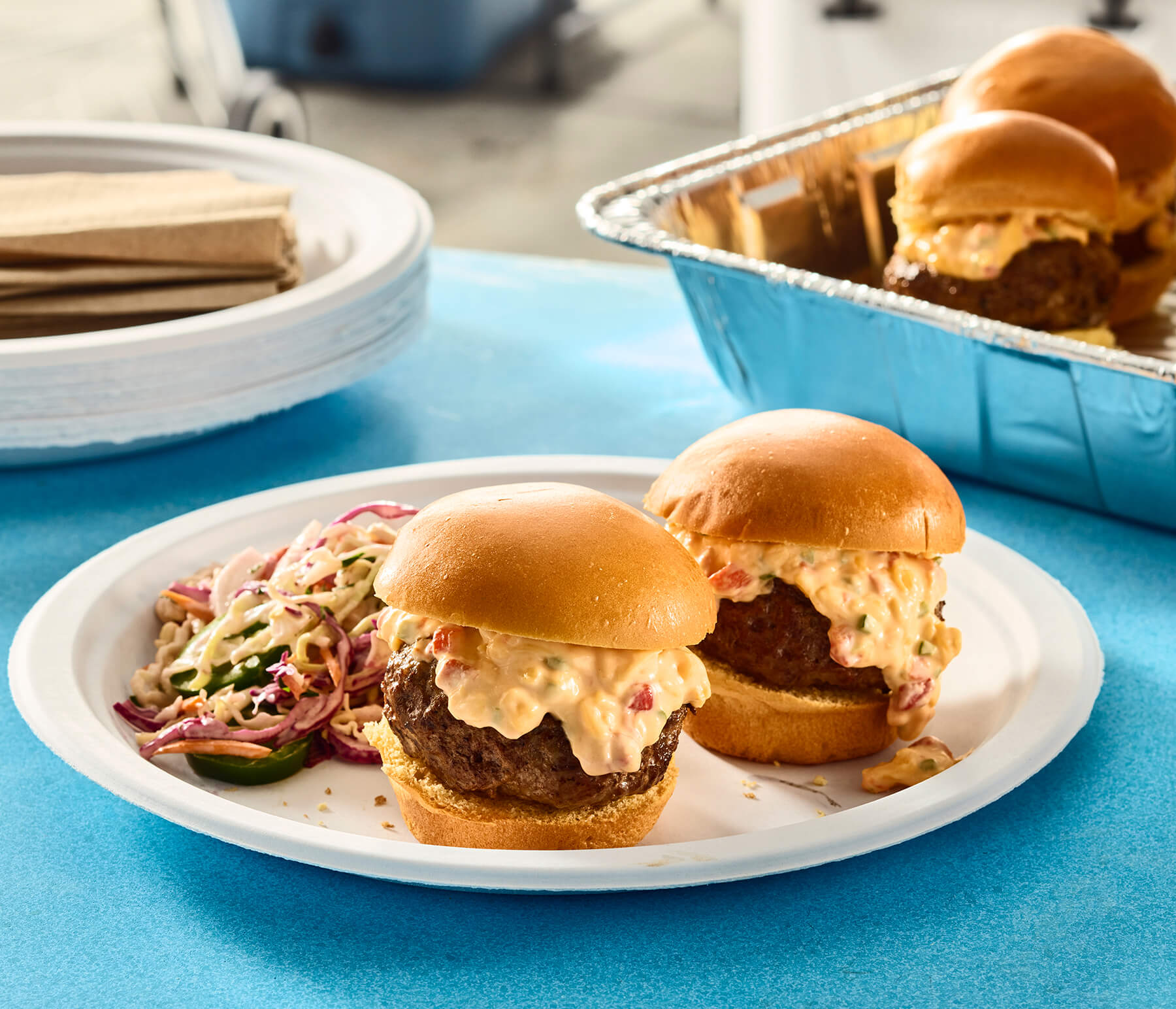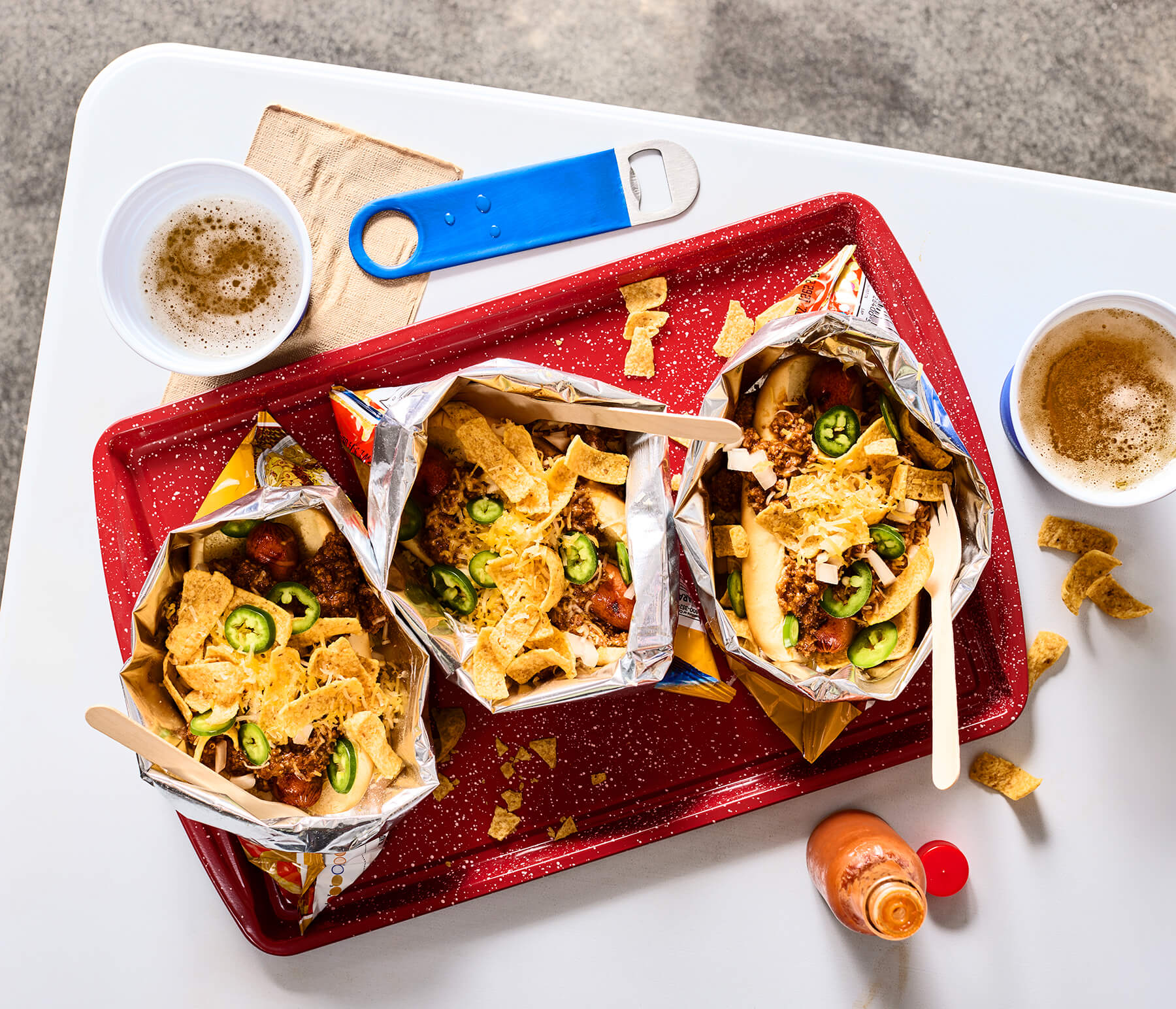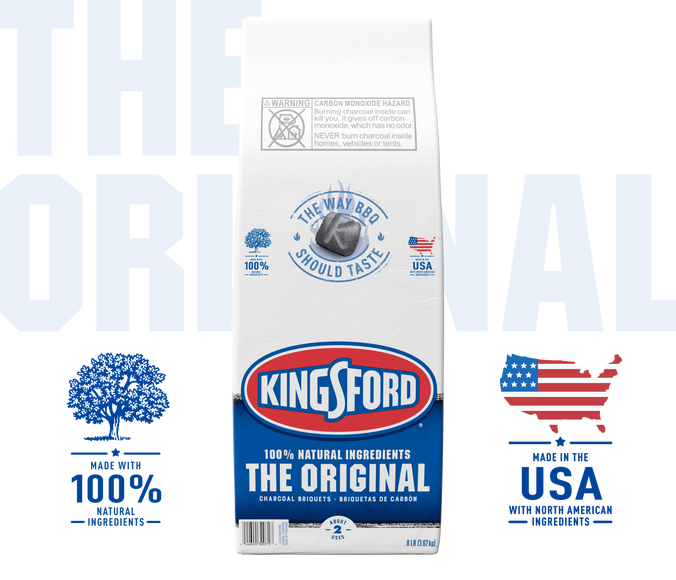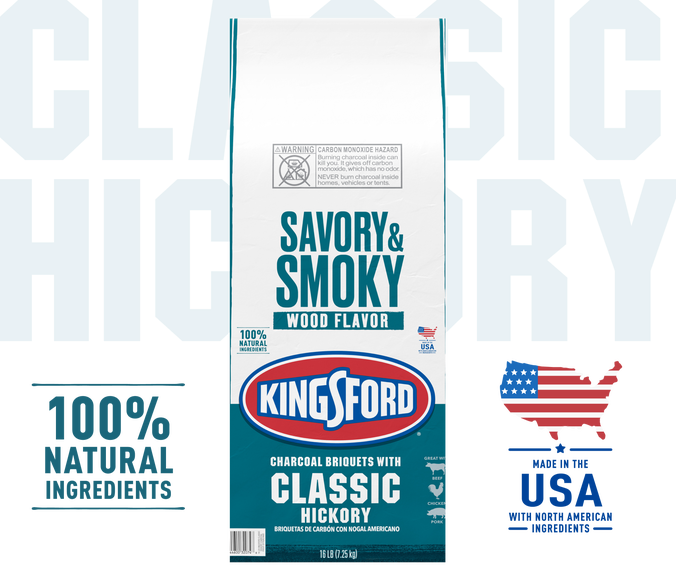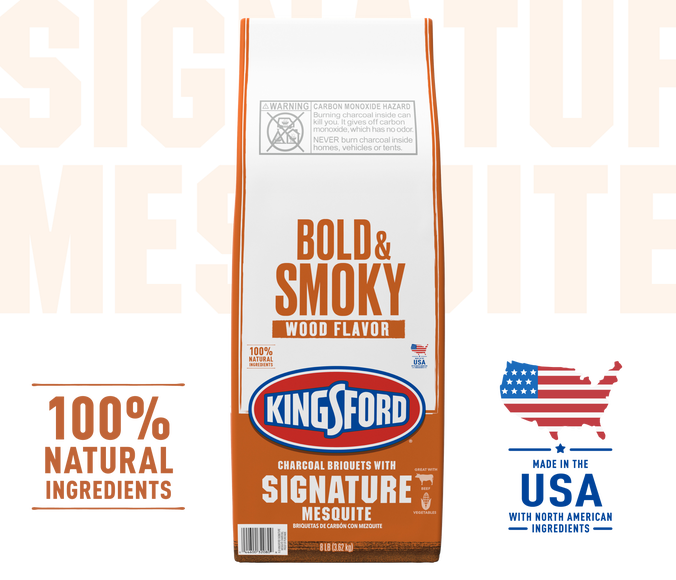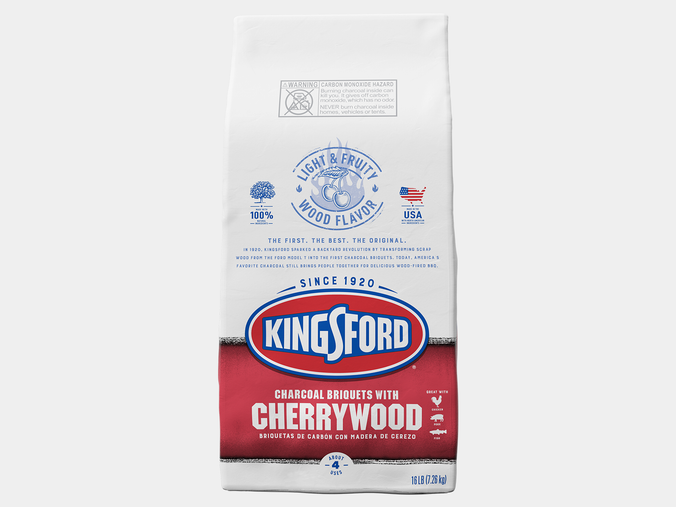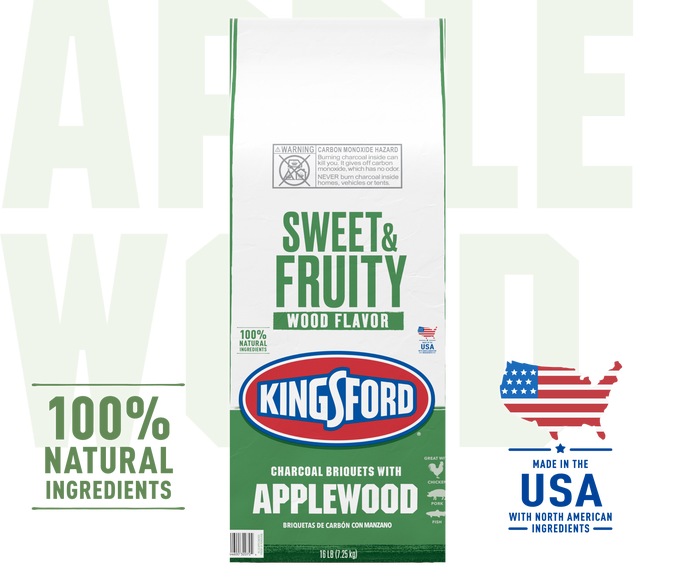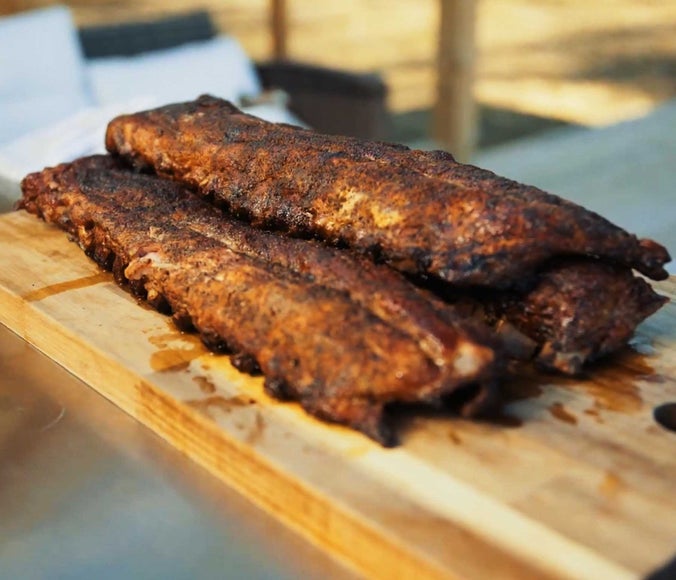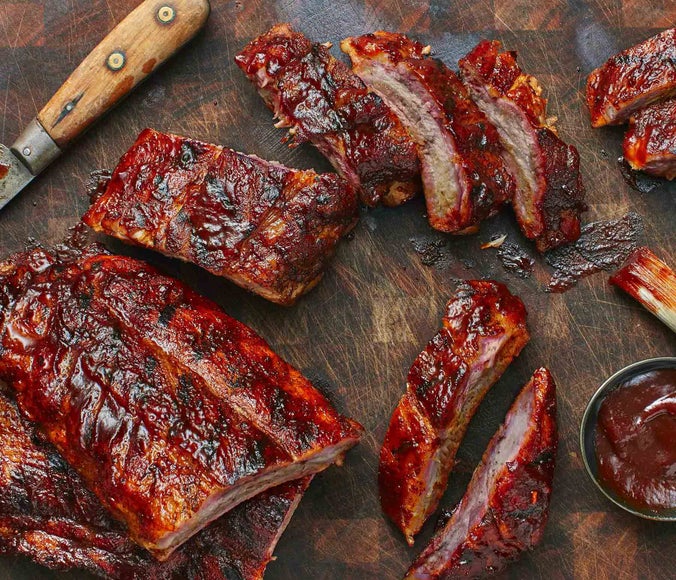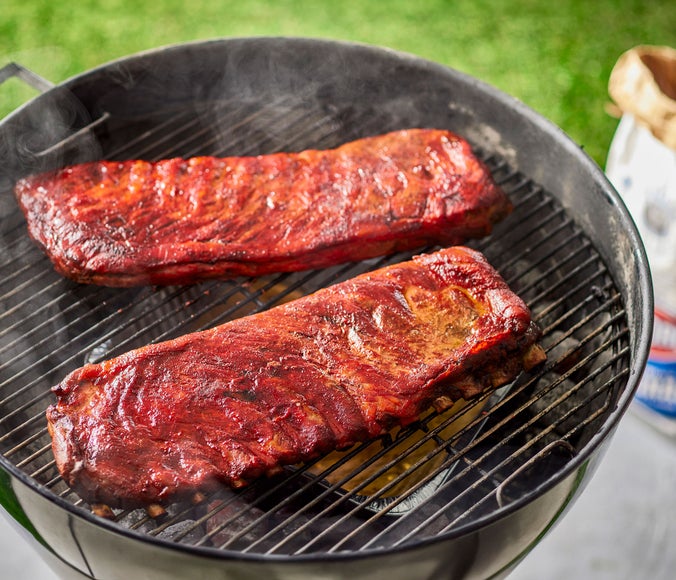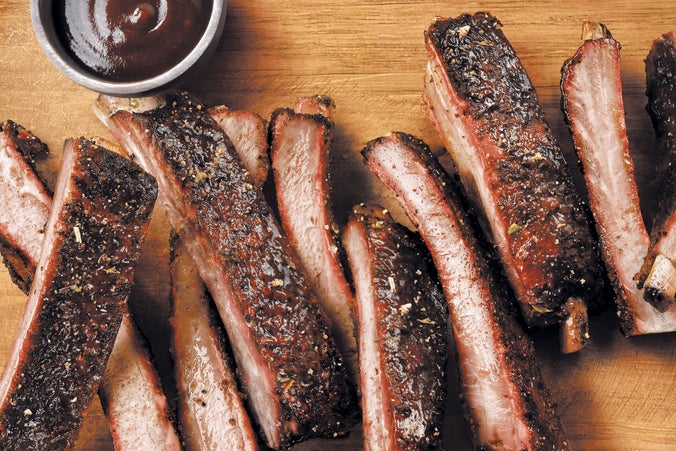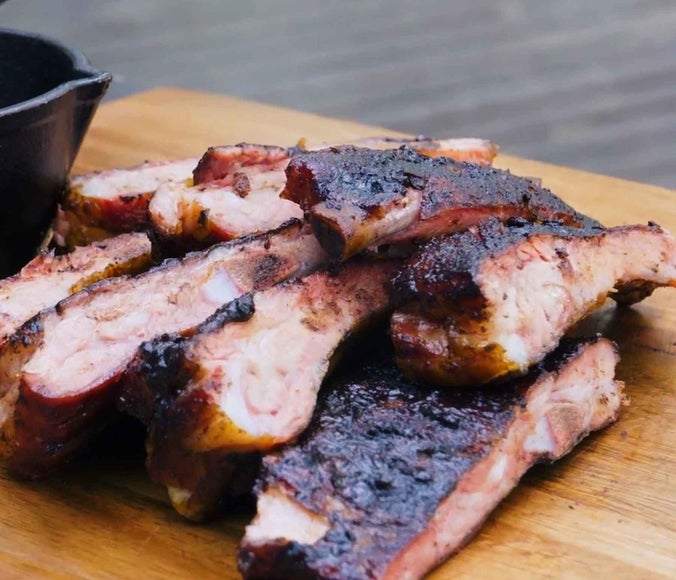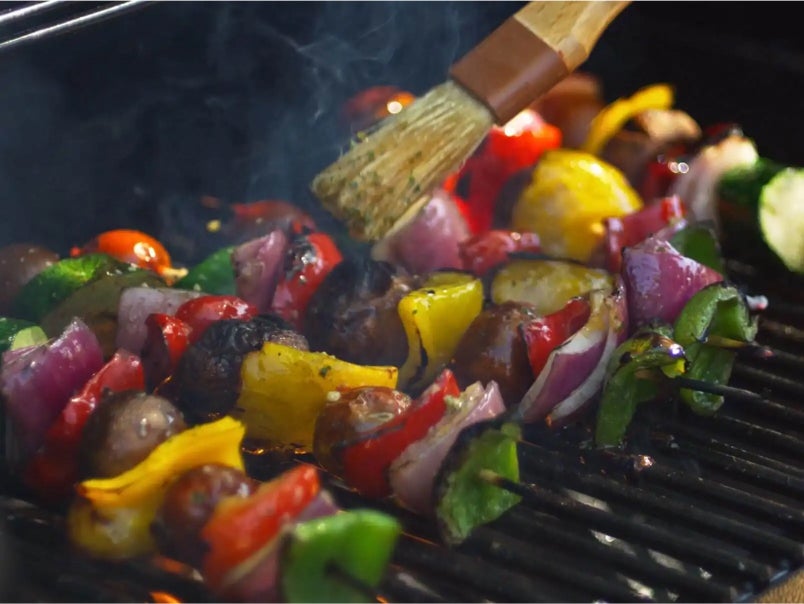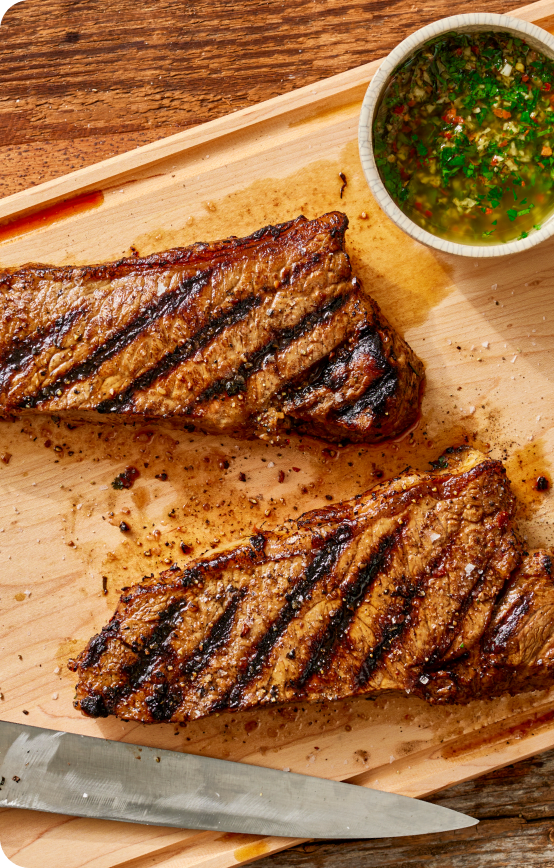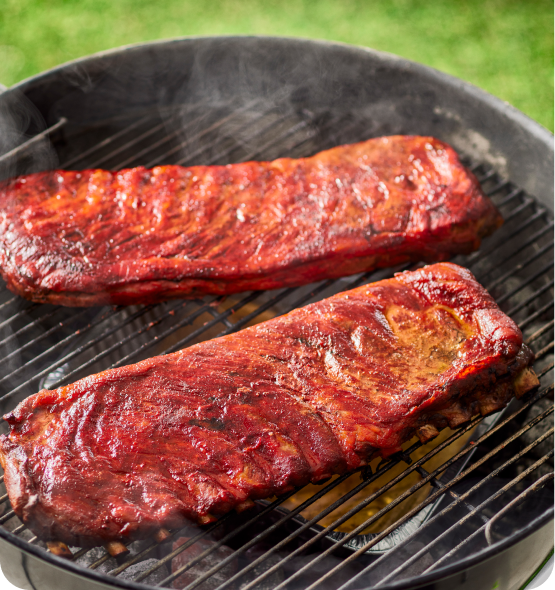How to Smoke Pork Ribs
We’ll show you how to smoke authentic baby back or spare ribs slowly over charcoal and wood. Ready for smoky, succulent perfection? Let’s get started!
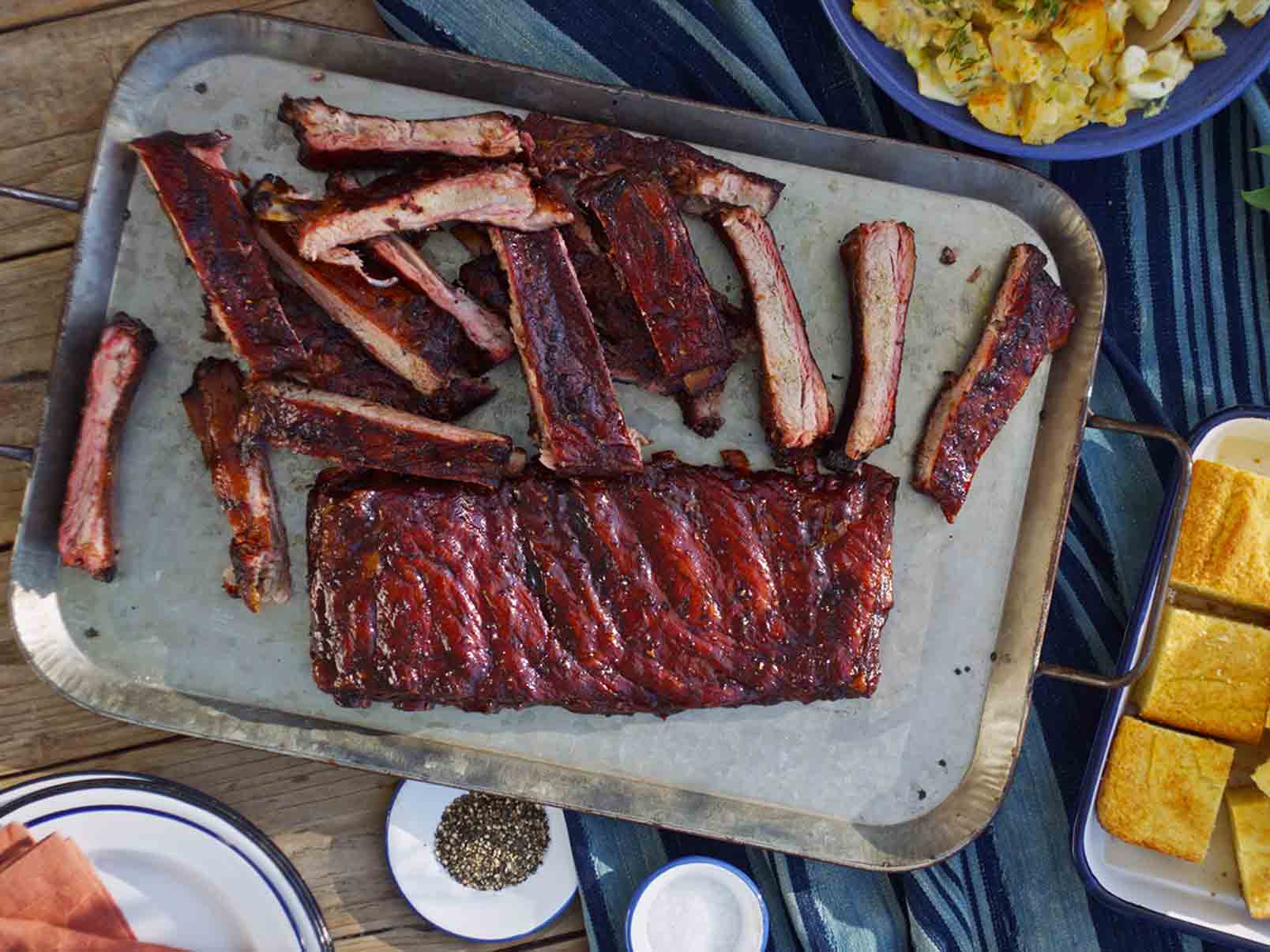
What You’ll Need
Before starting, make sure you have everything on this list. As always, we recommend Kingsford® Original Charcoal Briquets.
- Grill or Smoker
- Grill Thermometer
- Drip Pan
- Lang-Handled Tongs or Long-Handled Metal Spatula
- Paper Towels
- Cloth
- Dinner Knife
- 2 Slabs of Ribs (Spare or Baby Back)
- 2 Tbsp. Dry Rub
- Glaze or Sauce (Optional)
- Water or Apple Juice
How to Prep
- Remove ribs from packaging and pat dry to remove excess moisture to achieve the best results.
- Allow ribs to come to room temperature (never longer than 2 hours) before grilling to ensure even cooking and flavor.
-
Here’s How to Remove the Membrane of the Bone Side of Ribs Slide a butter knife underneath the membrane between the bones at about the second or third bone from the end, then grab the membrane with a cloth and peel it off of the ribs.
- Using a knife, trim off the excess top fat and remove the membrane, shaping or squaring off the ribs while trimming any flap meat. Leave a 1/4″ thick layer of fat to keep the meat moist during the long cooking process.
- Season with your favorite dry rub or spice.
- Set the rack of ribs on a cutting board or serving tray that’s larger than your ribs, and season the bone side of the ribs first.
- To get an even coat, sprinkle the seasoning from 12″ to 18″ above the bones and be sure to cover the bones as evenly as possible, and remember to get the ends or cut sides of the rib rack.
- Flip the ribs over and season the meat side generously.
- Suggested rubs: Classic BBQ, Memphis Dry, Kansas City, Texas-style, Apple & Honey
- Suggested marinades: Classic BBQ, honey garlic, citrus-chipotle, apple cider vinegar, pineapple teriyaki
- Suggested injections: Apple juice, apple cider vinegar, pineapple juice, pork broth, maple syrup
- Optional: Brine by soaking your pork ribs in a solution of salt, water, and even spices
Preparing the Pork Ribs:
Trimming Pork Ribs:
Seasoning the Pork Ribs:
Add Extra Flavor:
How to Prep
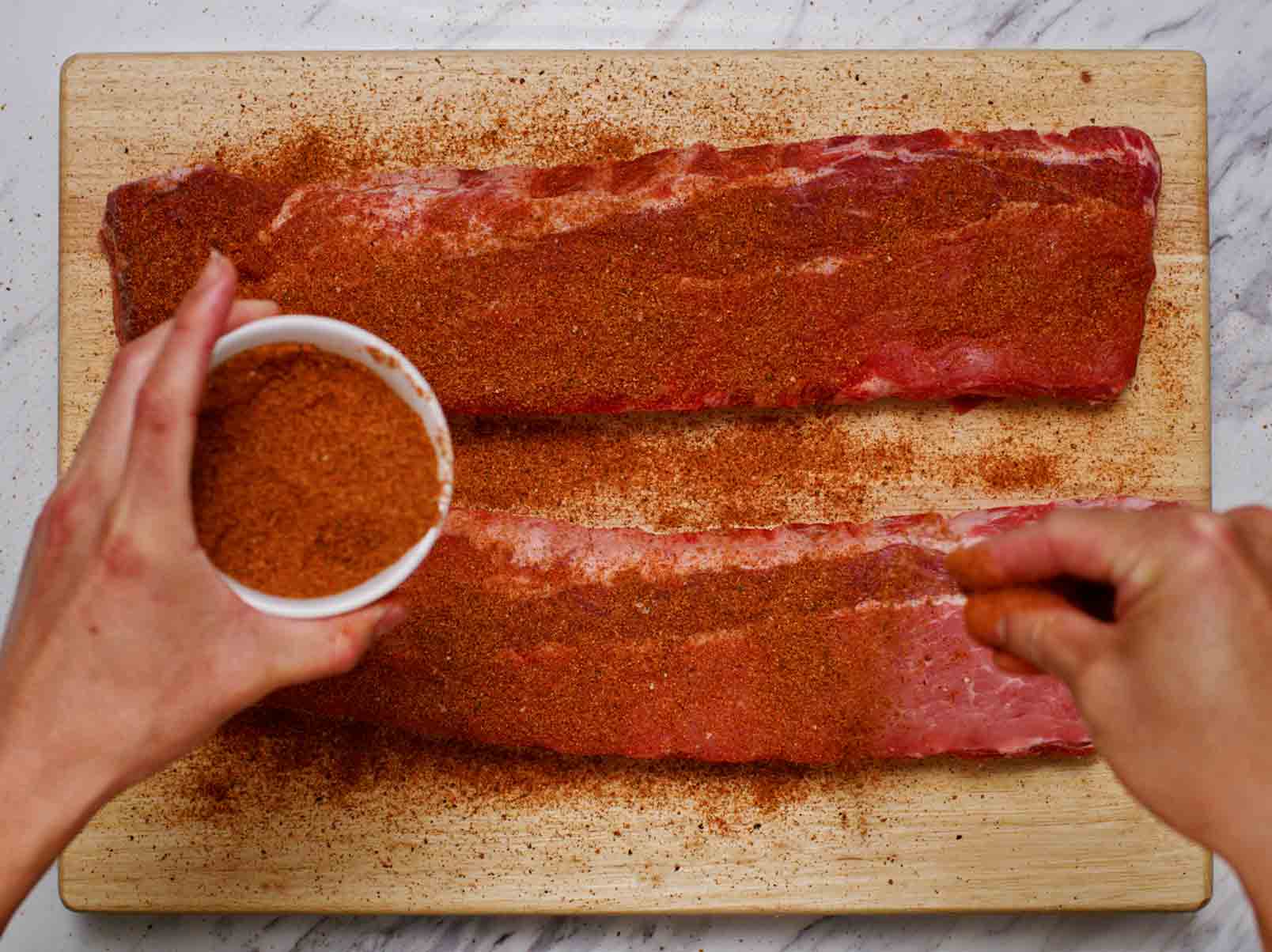
How to Build Your Fire
- Suggested Kingsford® Charcoal: Looking for a smoky wood flavor? Try Hickory or Mesquite. For a sweeter smoky wood flavor, use Applewood.
- For a kettle-type grill, use an indirect technique like The Charcoal Snake.
- Backyard smokers should be set up for a Long Smoke.
- To help moderate the grill temperature and add moisture, place a drip pan filled with water or apple juice directly under the meat.
How to Build Your Fire
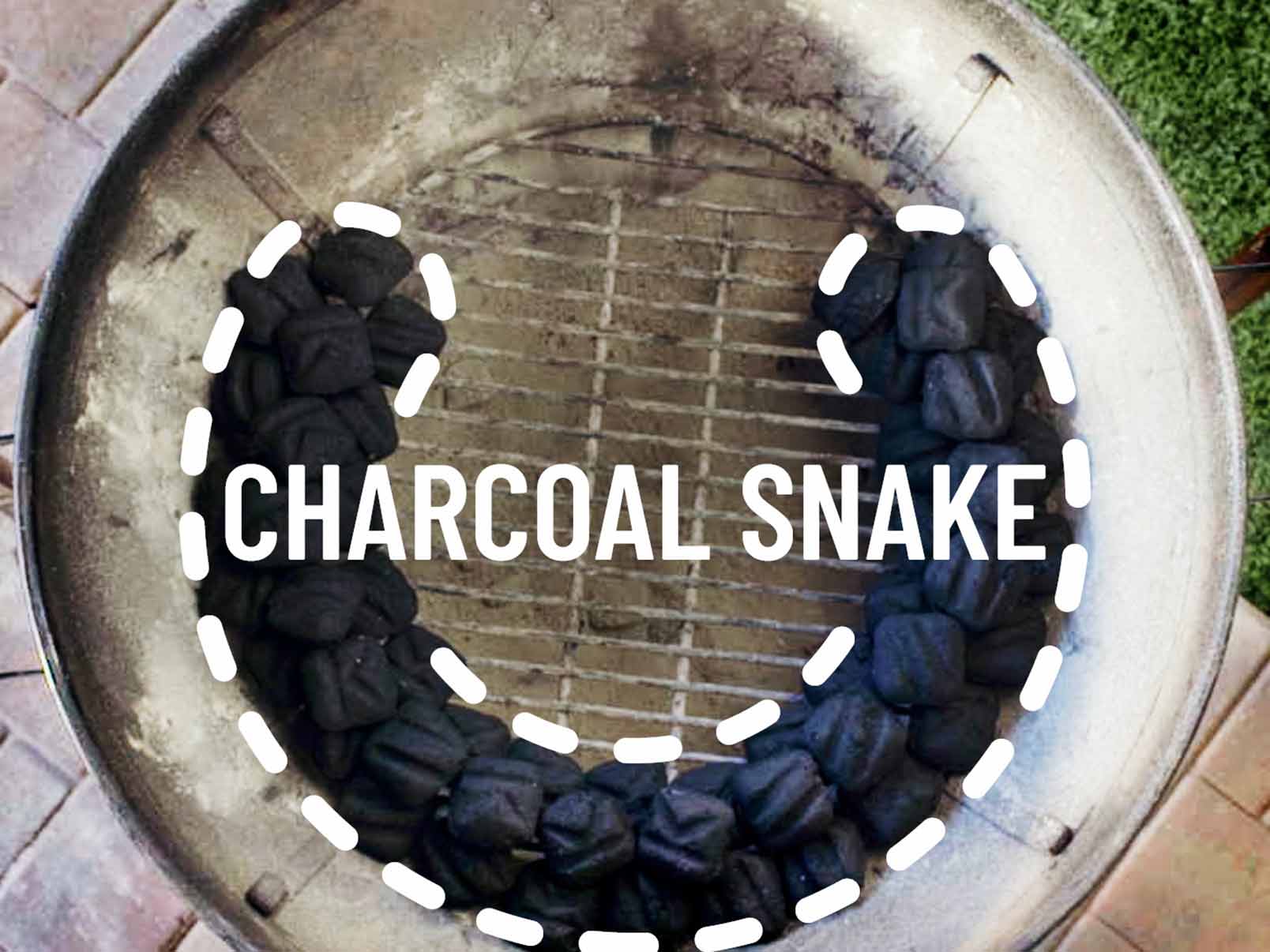
How Long to Smoke & Temperature
- Smoke at 225 to 250°F for 4 to 5 hours.
- Baste or mop the ribs occasionally, but don’t open the grill too often.
- Maintaining a steady temperature is important. Opening the grill causes wide temperature changes.
- If you are using a sugar/tomato-based glaze or sauce, apply during the last half-hour to prevent the glaze/sauce from burning onto the ribs.
How Long to Smoke & Temperature
The Finish
- It’s time to check for doneness. There are 3 simple ways to tell:
- 1. As the meat cooks, it shrinks and exposes the bone at the thinner end of the rib. When about ¼” of bone is exposed, the smoked ribs should be done.
- 2. When you pick up the middle of the slab and flex it, the meat will separate from the bone and not flex back (if it feels rubbery, it’s not done).
- 3. Cut a rib off and take a bite. The meat should pull off the bone with a slight tug but not fall off the bone.
- When it’s time for the ribs to come off the grill, let them rest and cool down for about 15 minutes before handling and slicing.
- To slice the ribs, cut between the bones using a sharp knife.
- Notice the smoke rings around the outer edges of the ribs. Don’t mistake this pink meat for being underdone ─ this is the signature of perfectly smoked BBQ pork ribs. Enjoy!
- Cornbread
- Coleslaw
- Baked beans
- Potato salad
- Mac & cheese
- If you have cooked pork ribs, let them cool to room temperature (never longer than 2 hours) before refrigerating. Store them in an airtight container or wrap them tightly in aluminum foil or plastic wrap. Cooked pork ribs can last in the refrigerator for 3-4 days.
Cooked pork ribs can also be frozen for longer storage. Wrap them tightly in aluminum foil or place them in a freezer-safe container. Properly frozen cooked pork ribs can maintain quality for 2-3 months in the freezer. Remember to label your packages with the date so you can keep track of how long they’ve been stored.
For more information on food storage, consult the links below: - Cold Food Storage Chart
- 4 Steps to Food Safety
- Foodsafety.gov
- Reheating Cooked Pork Ribs from Refrigeration:
- Oven: Preheat your oven to around 250-300°F. Wrap the ribs in aluminum foil to prevent drying out and place them on a baking sheet. Reheat for about 20-30 minutes or until heated through.
- Grill: Preheat your grill to medium heat. Place the ribs on the grill and heat them for 10-15 minutes, turning occasionally and basting with barbecue sauce if desired.
- Microwave: This method is quick but can result in uneven heating. Place the ribs on a microwave-safe plate, cover with a damp paper towel, and microwave on medium power in 1-minute intervals until heated through.
- Oven: Preheat your oven to around 250-300°F. Wrap the frozen ribs in aluminum foil and place them on a baking sheet. Reheat for about 1-1.5 hours or until heated through, flipping halfway through.
- Grill: Thaw the ribs in the refrigerator overnight if possible. Preheat your grill to medium heat. Place the ribs on the grill and heat them for 15-20 minutes, turning occasionally and basting with barbecue sauce if desired.
- Microwave (not recommended for frozen ribs): If you’re in a hurry, you can use the microwave, but it may result in uneven heating and a less desirable texture compared to other methods. Follow the microwave instructions for reheating from refrigeration, but expect longer heating times.
- Regardless of the method you choose, always ensure that the pork ribs are heated to an internal temperature of at least 165°F for food safety.
How to Serve Pork Ribs:
Suggested Pairings:
How to Store Pork Ribs:
How to Reheat Pork Ribs:
Reheating Frozen Cooked Pork Ribs:
The Finish

Frequently Asked Questions
-
How do I pick the best pork ribs?When picking pork ribs, freshness is key! Look for pinkish-red meat with some marbling (white fat lines) and avoid any unpleasant smells. Decide between baby back ribs for a leaner, meaty option that cooks faster, or spare ribs for a richer flavor and more chew due to the extra fat and cartilage. Steer clear of ribs with excessive fat or exposed bones ("shiners") that might fall off during cooking. Fresh is best, but frozen works too - just thaw completely in the fridge first. Happy grilling!
-
What’s the difference between spare ribs and baby back ribs?Spare ribs are bigger, meatier, and have richer flavor (think BBQ!) due to more fat. They take longer to cook (low and slow is ideal). Baby back ribs are smaller, leaner, and cook faster, making them more versatile. They have a milder flavor that goes well with many sauces. Spare ribs are cheaper, while baby back ribs are pricier but more popular. Choose based on flavor preference, cooking time, and budget!
-
What are the best rubs for ribs?Choose your rib rub based on your taste! Sweet rubs with brown sugar or honey are popular. Spicy options include chili powder or cayenne pepper. Savory rubs focus on garlic powder, onion powder, and paprika.
-
Should I use marinades or injections for ribs?Marinades add surface flavor to ribs, perfect for shorter smokes (3-4 hours). Injections deliver flavor and moisture deep into the meat, ideal for longer smokes (6+ hours) and juicy results throughout. Choose injection for intense flavor or marinade for simplicity. You can even use both!
-
What are the best charcoal flavors for smoking pork ribs?Fire up the smoker and pick your perfect smoke for those pork ribs! Hickory adds the classic smoky punch we all know and love. Applewood brings a sweet and fruity wood flavor that lets the pork shine. Feeling adventurous? Cherrywood offers a unique twist with a light, fruity, subtle smokiness.
-
Should I smoke pork ribs bone up or down?It's up to you! Bone up looks nice but some say bone down cooks more evenly. Want a showstopper? Smoke bone up. Prioritize even cooking and browning? Go bone down. You can even try both methods on the same rack to see which you prefer!
-
Should I wrap pork ribs in foil when smoking?It's up to you! Bone up looks nice but some say bone down cooks more evenly. Want a showstopper? Smoke bone up. Prioritize even cooking and browning? Go bone down. You can even try both methods on the same rack to see which you prefer!
-
Should I wrap pork ribs in foil when smoking?Wrap your ribs in foil for a speedier cook and potentially juicier results, but expect a milder smoke taste and softer bark. Skip the foil for maximum smoke flavor and a crispier crust, but it might take longer. Experiment! You can even wrap half the rack for a comparison.
-
Should I brine pork ribs?Brining your ribs is optional. Benefits include extra juicy and tender meat (great for lean cuts) and some added flavor. Ribs are smoked for a shorter time than brisket so brining's impact might be subtle. Brining also adds prep time. Skip the brine if you're short on time or prefer pure pork flavor. Experiment to see what you like best!
-
What is the 321 method?Smoke ribs for bold flavor (3 hours), then wrap in foil for juicy tenderness (2 hours, but less smoke). Finish with sauce for caramelization (1 hour). Experiment if you want stronger smoke or a crispier crust.
-
What should I pair with ribs?Smoked pork ribs are a barbecue superstar, and their smoky richness pairs beautifully with a variety of classic sides. To cleanse the palate between bites, coleslaw's cool, tangy crunch is a perfect partner. Baked beans add a sweet and savory counterpoint, while creamy mac and cheese provides a luxurious contrast. For a full and satisfying meal, starchy options like cornbread and potato salad soak up the flavorful juices from the ribs, making them a delightful complement.
